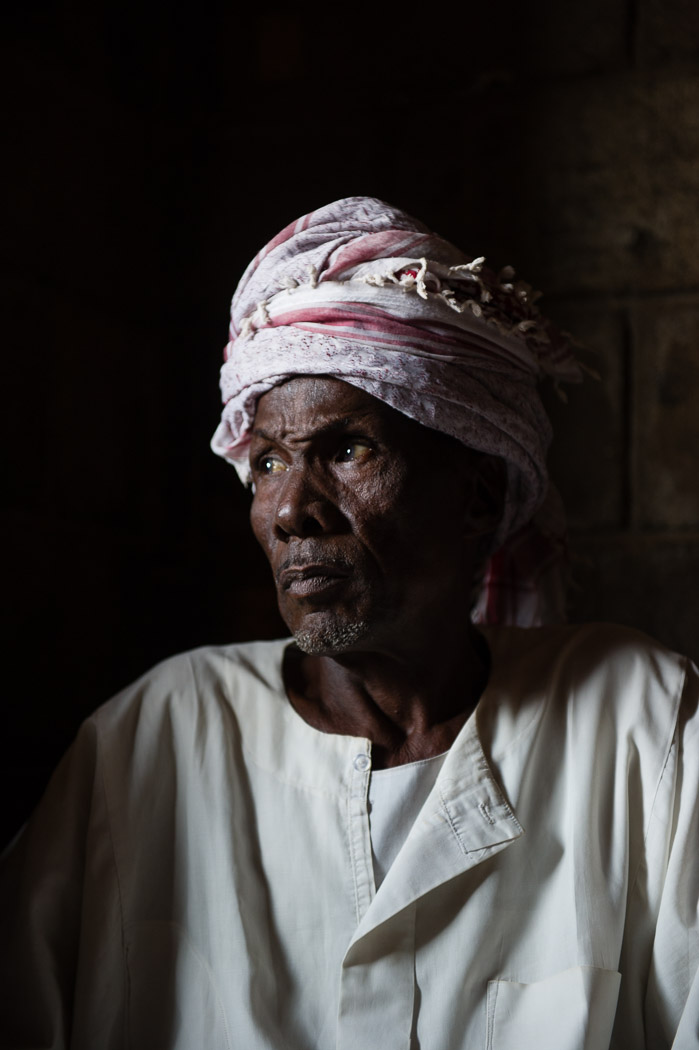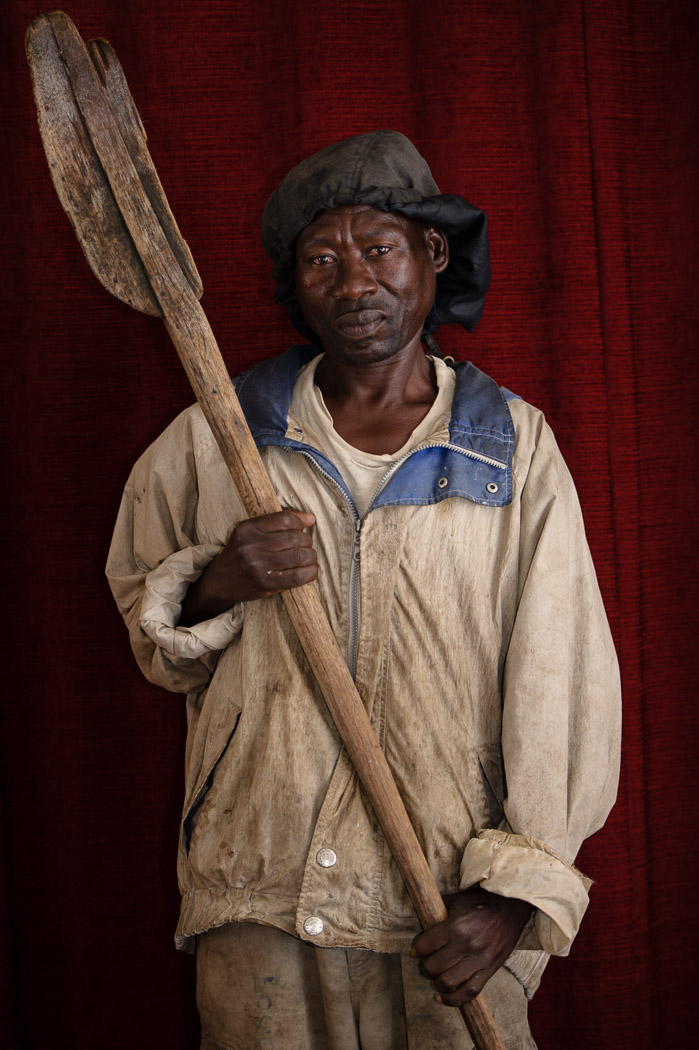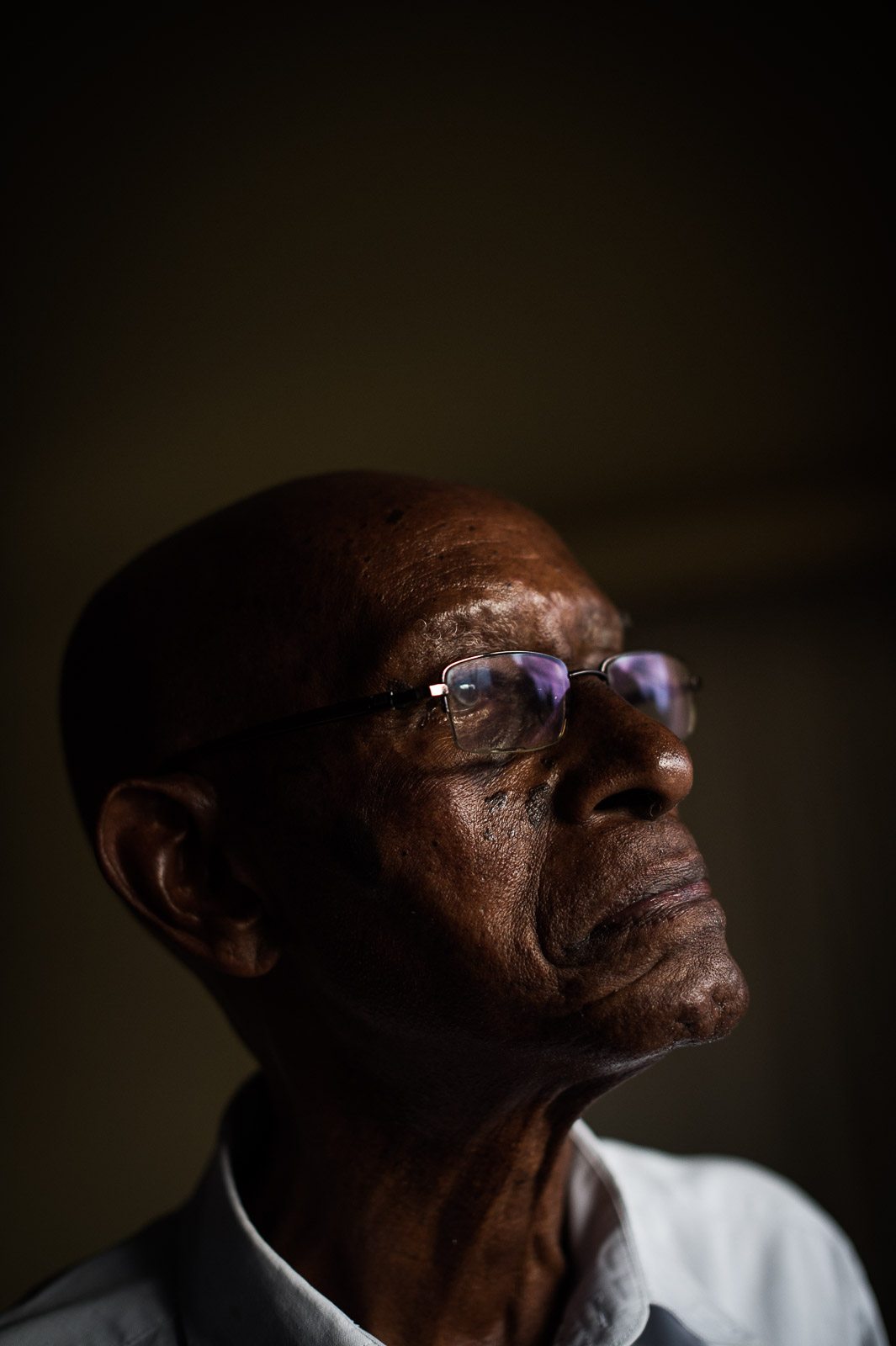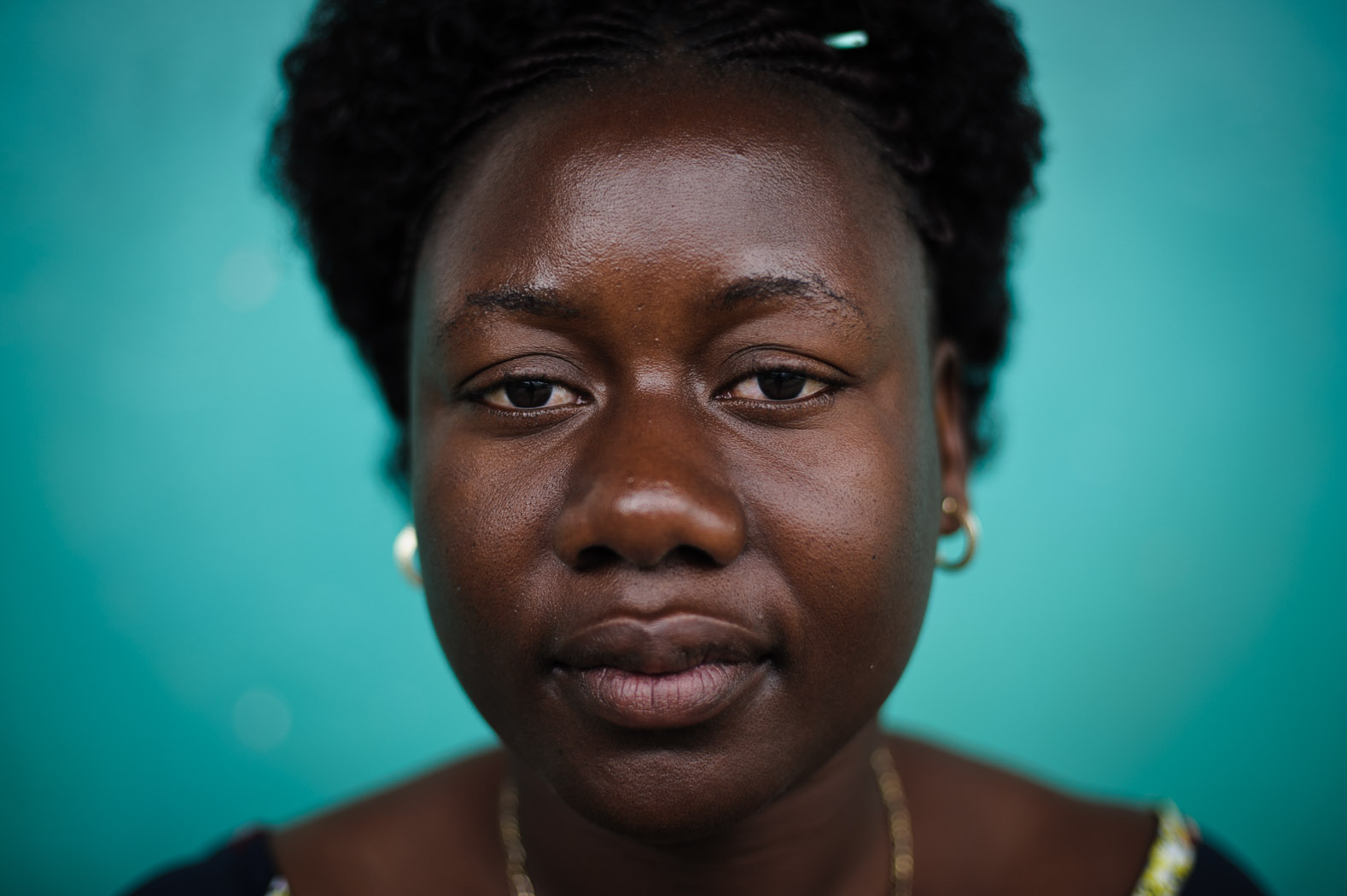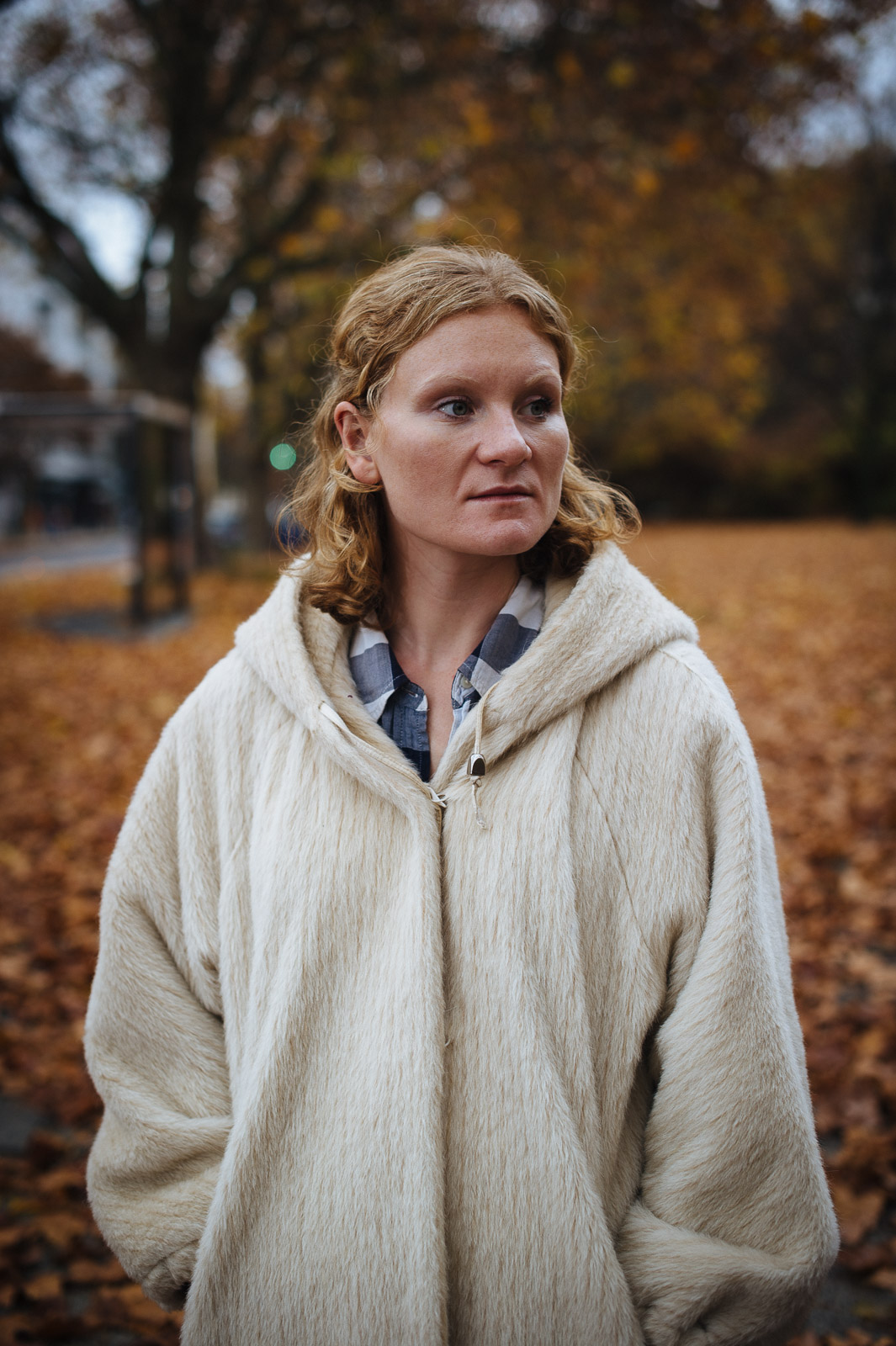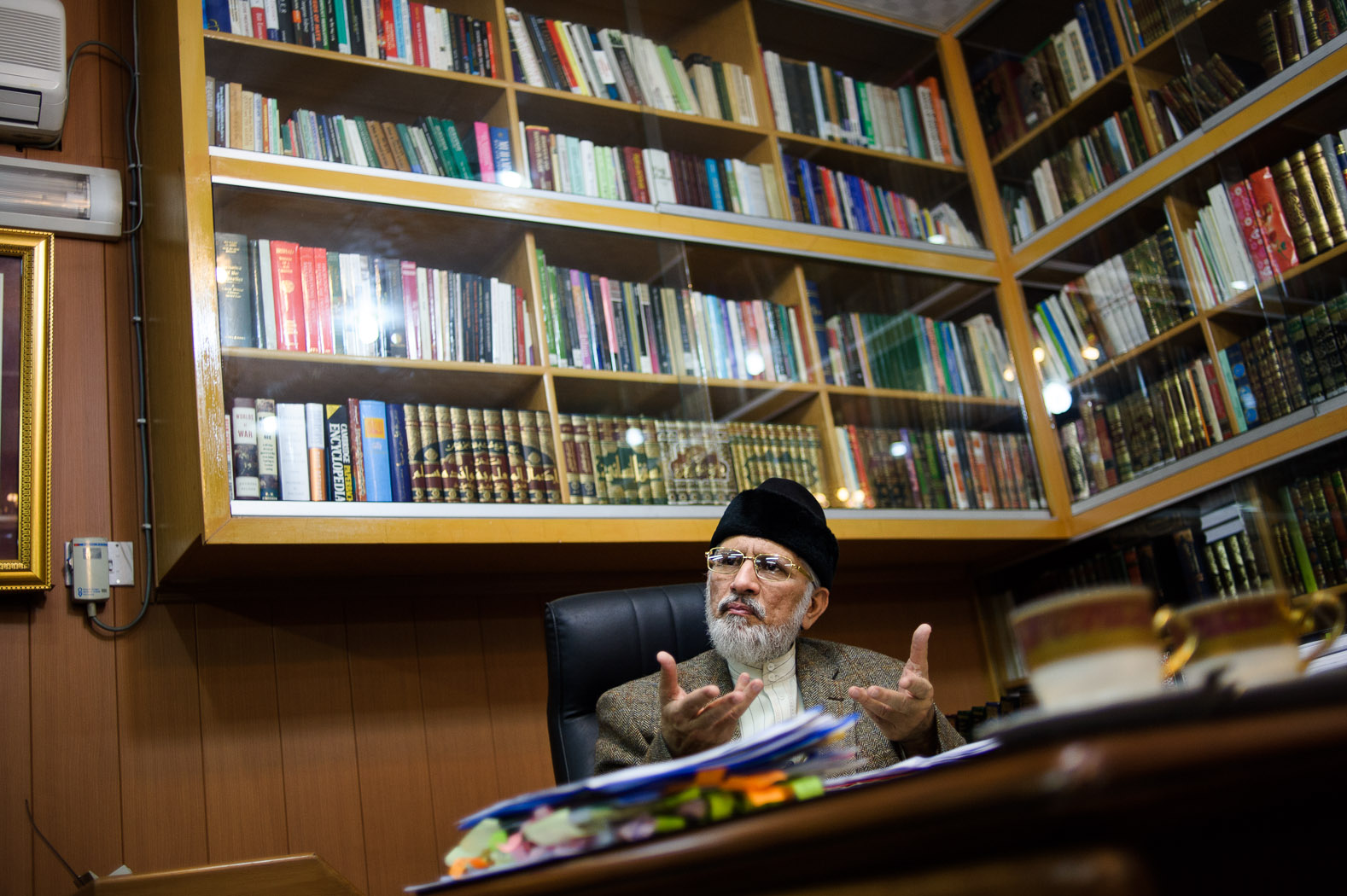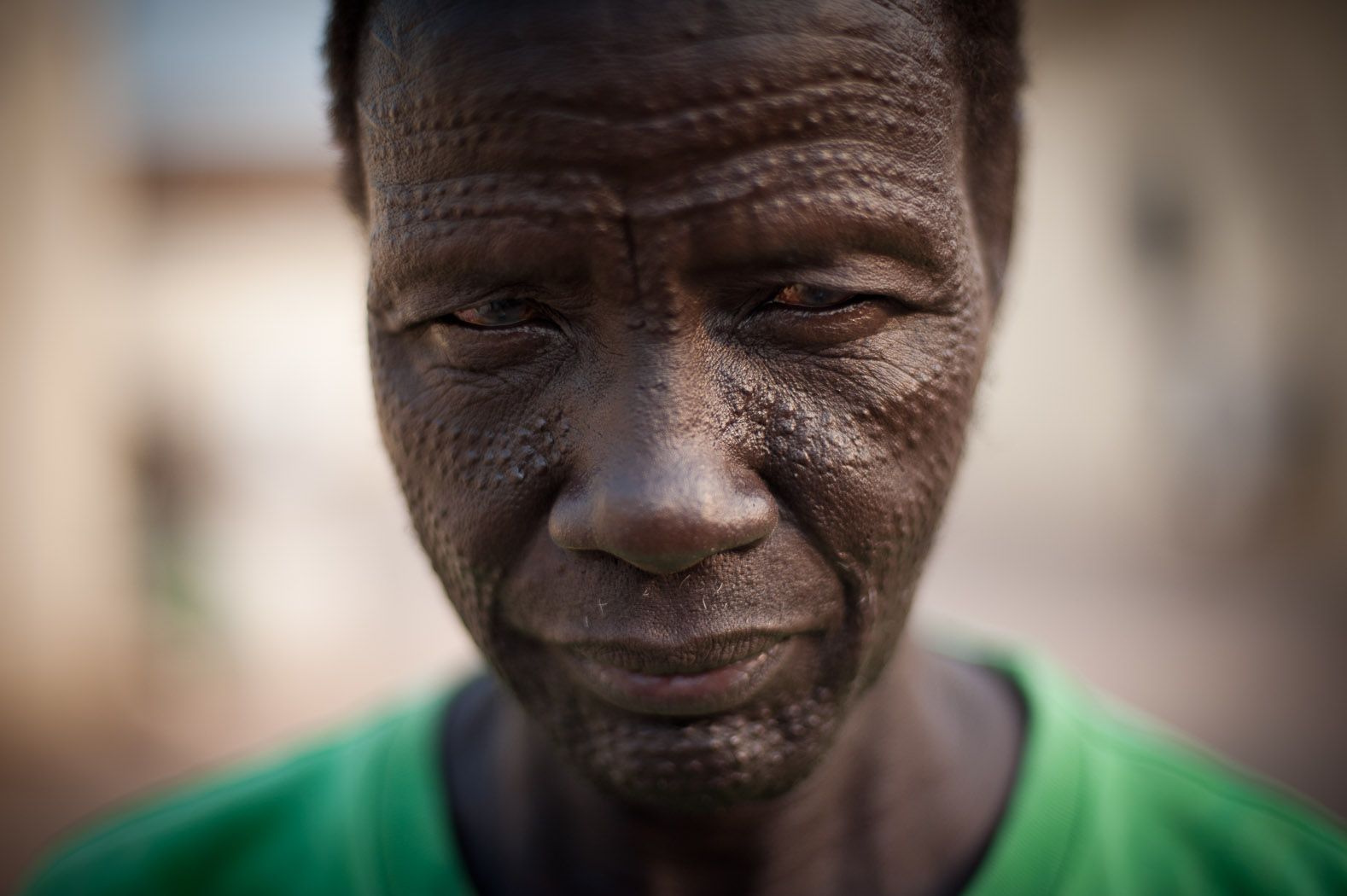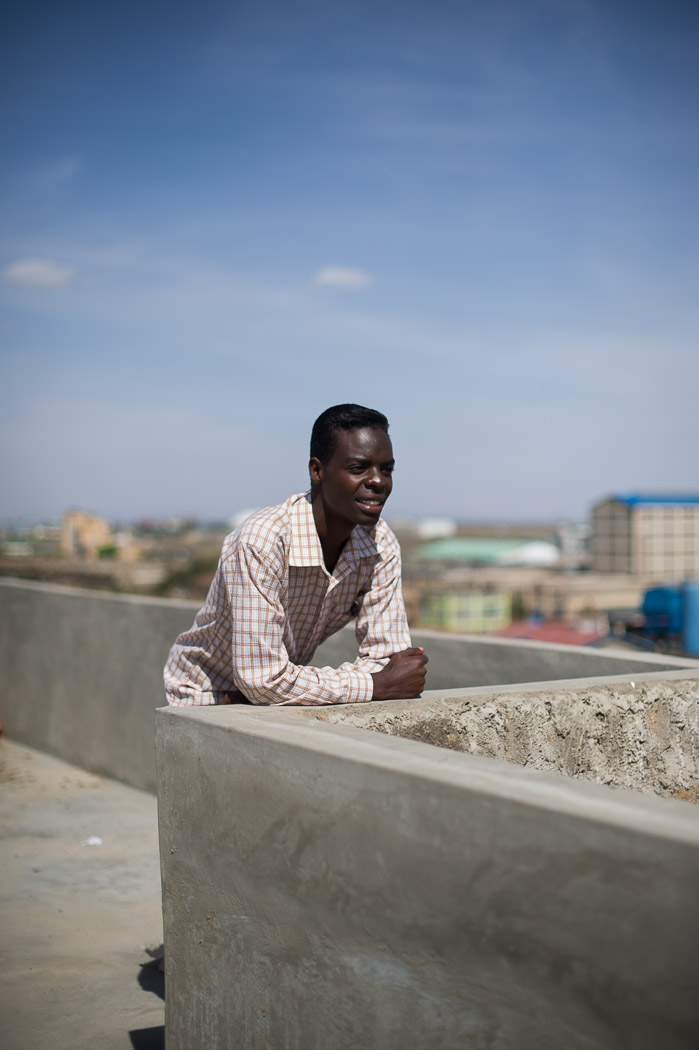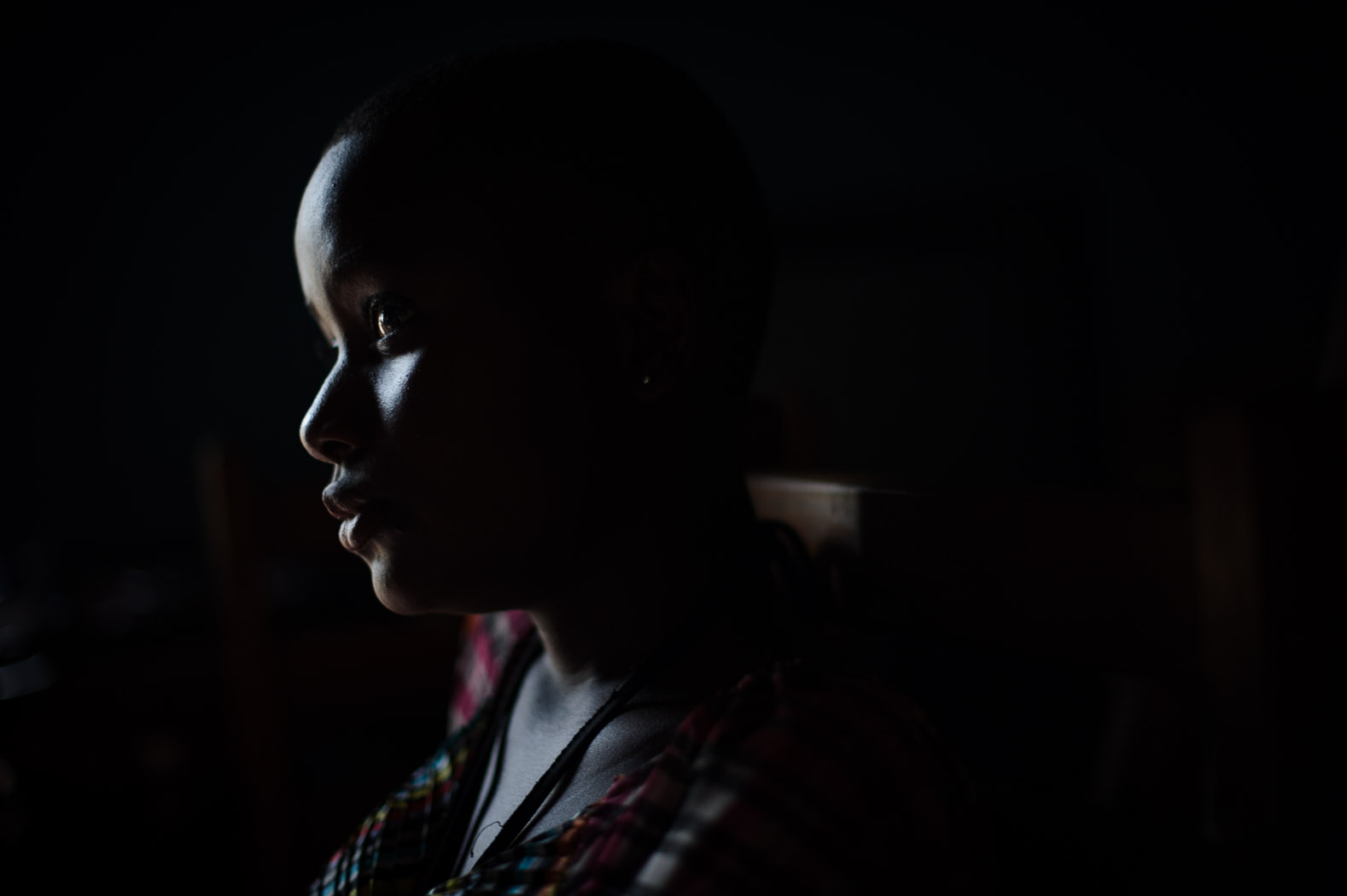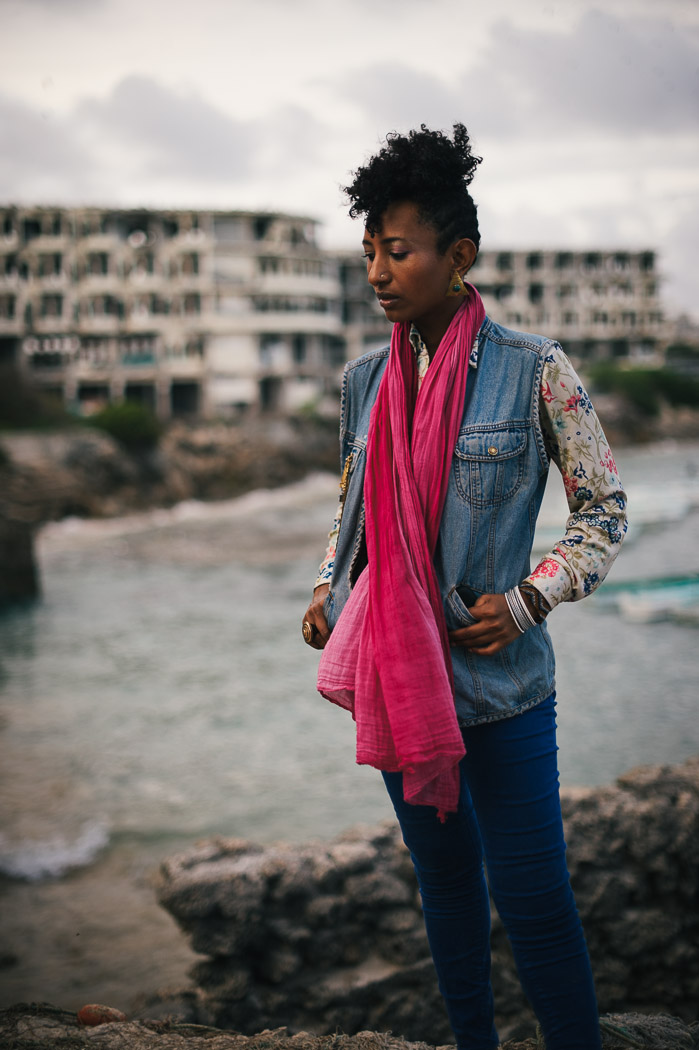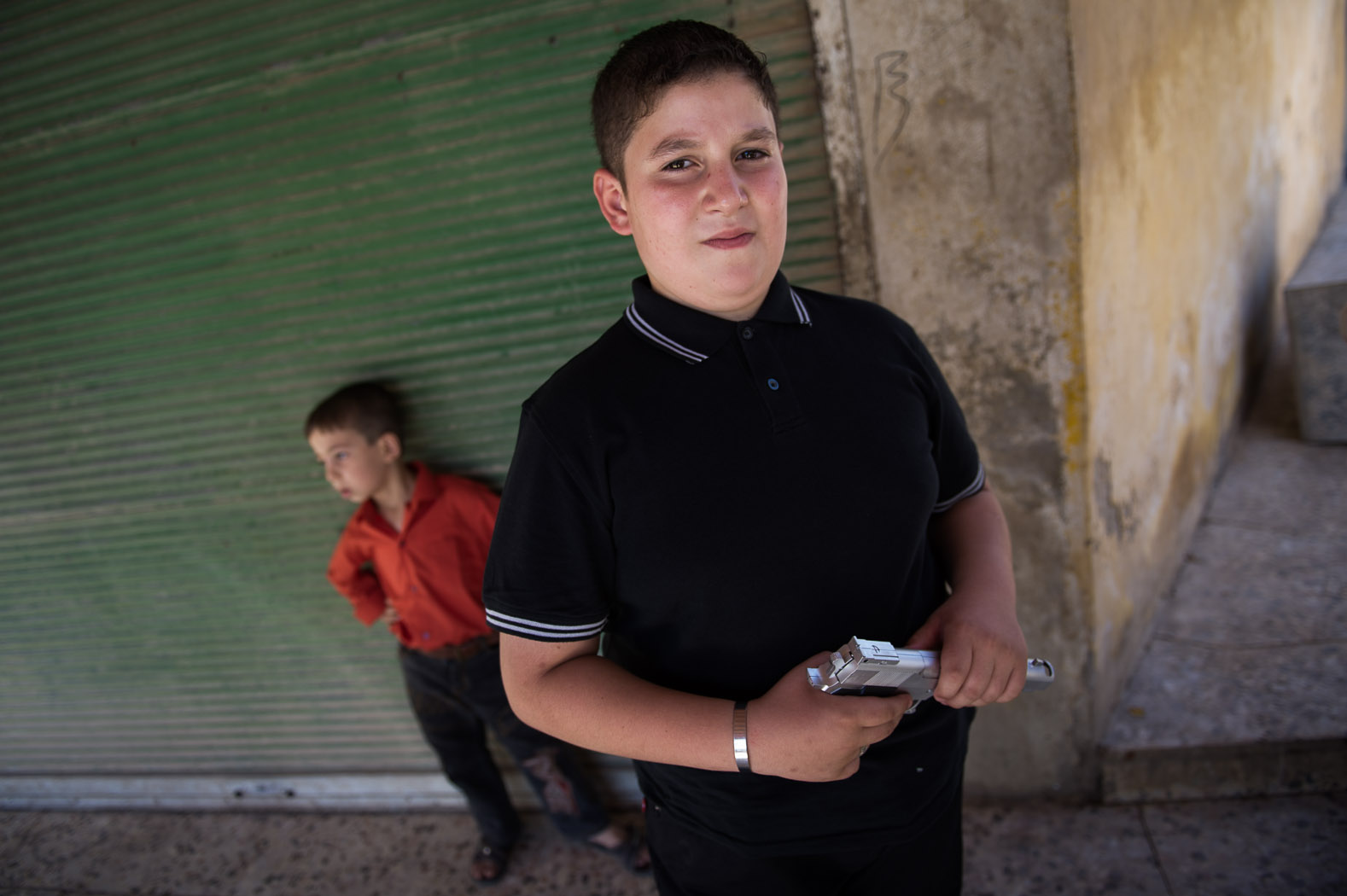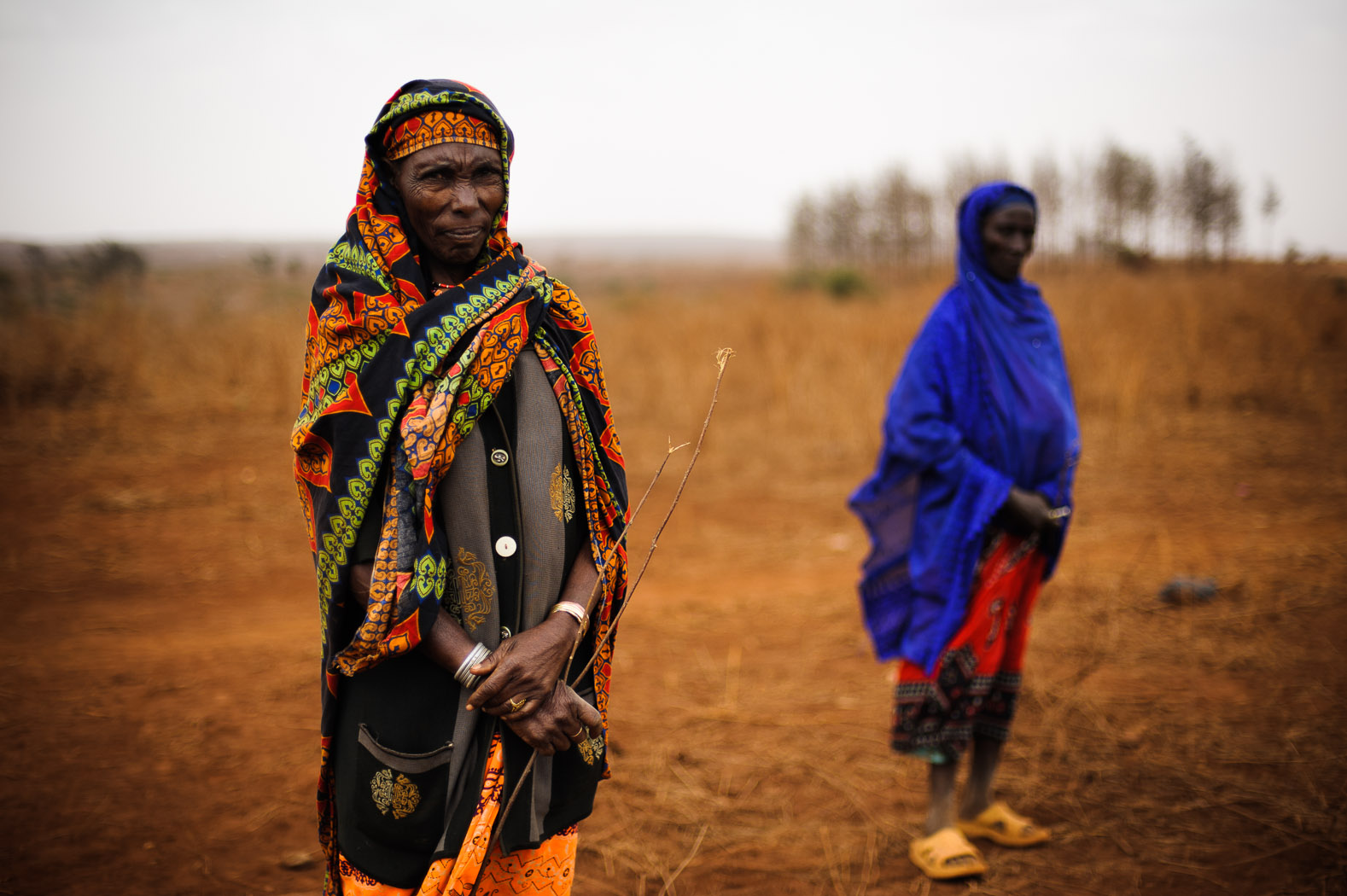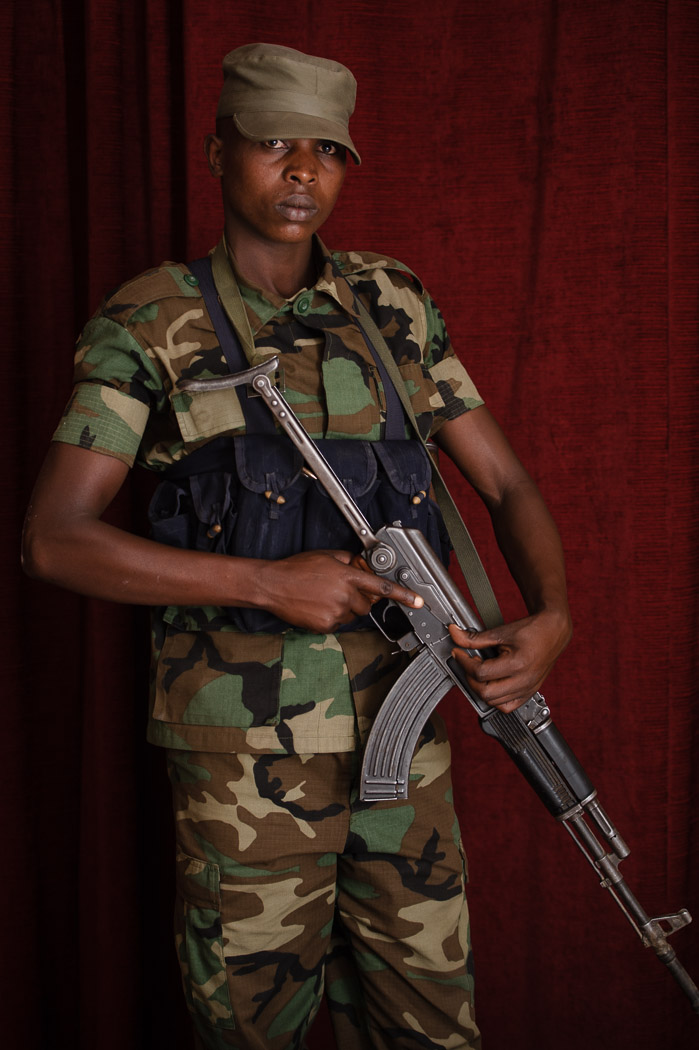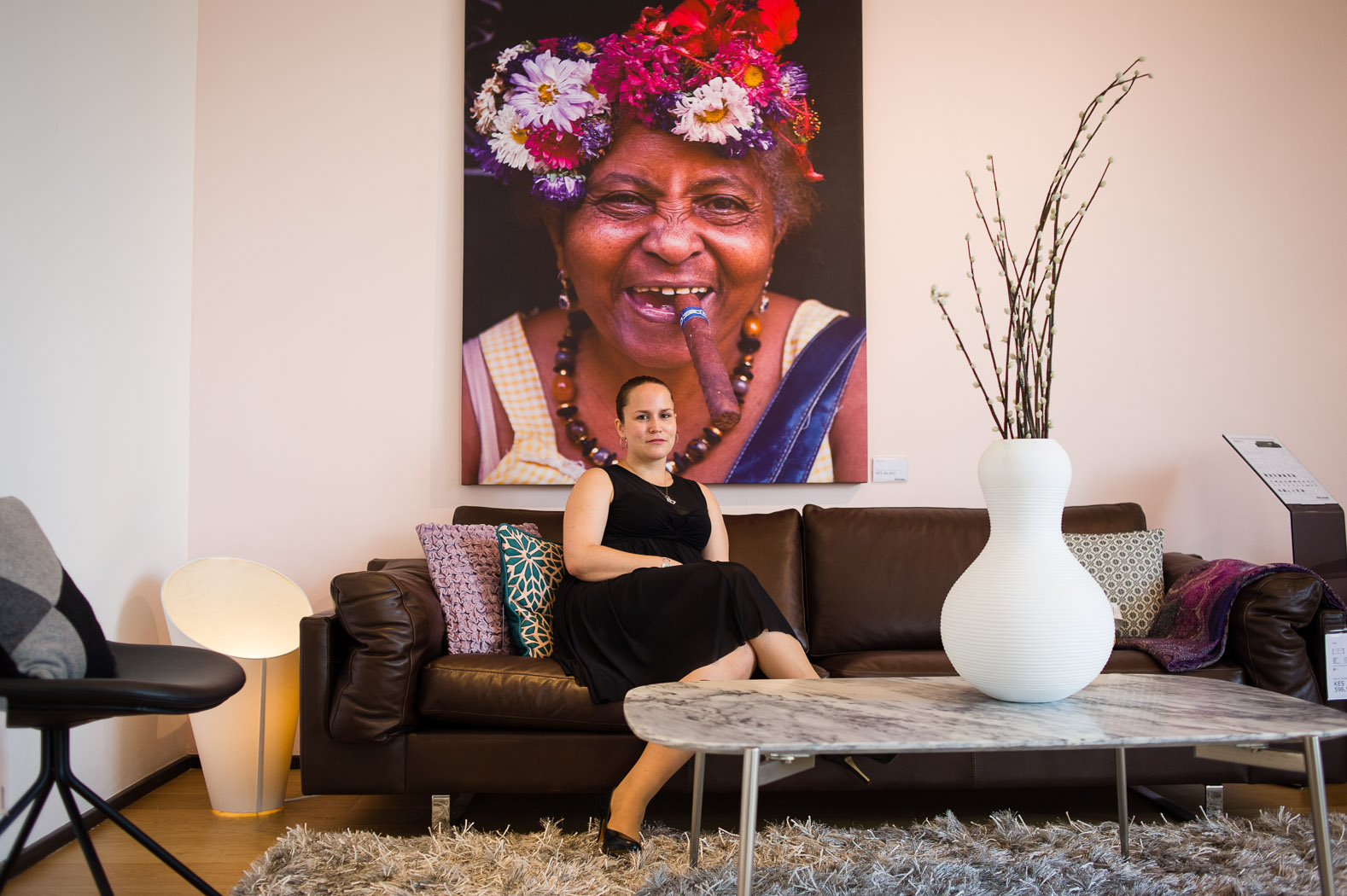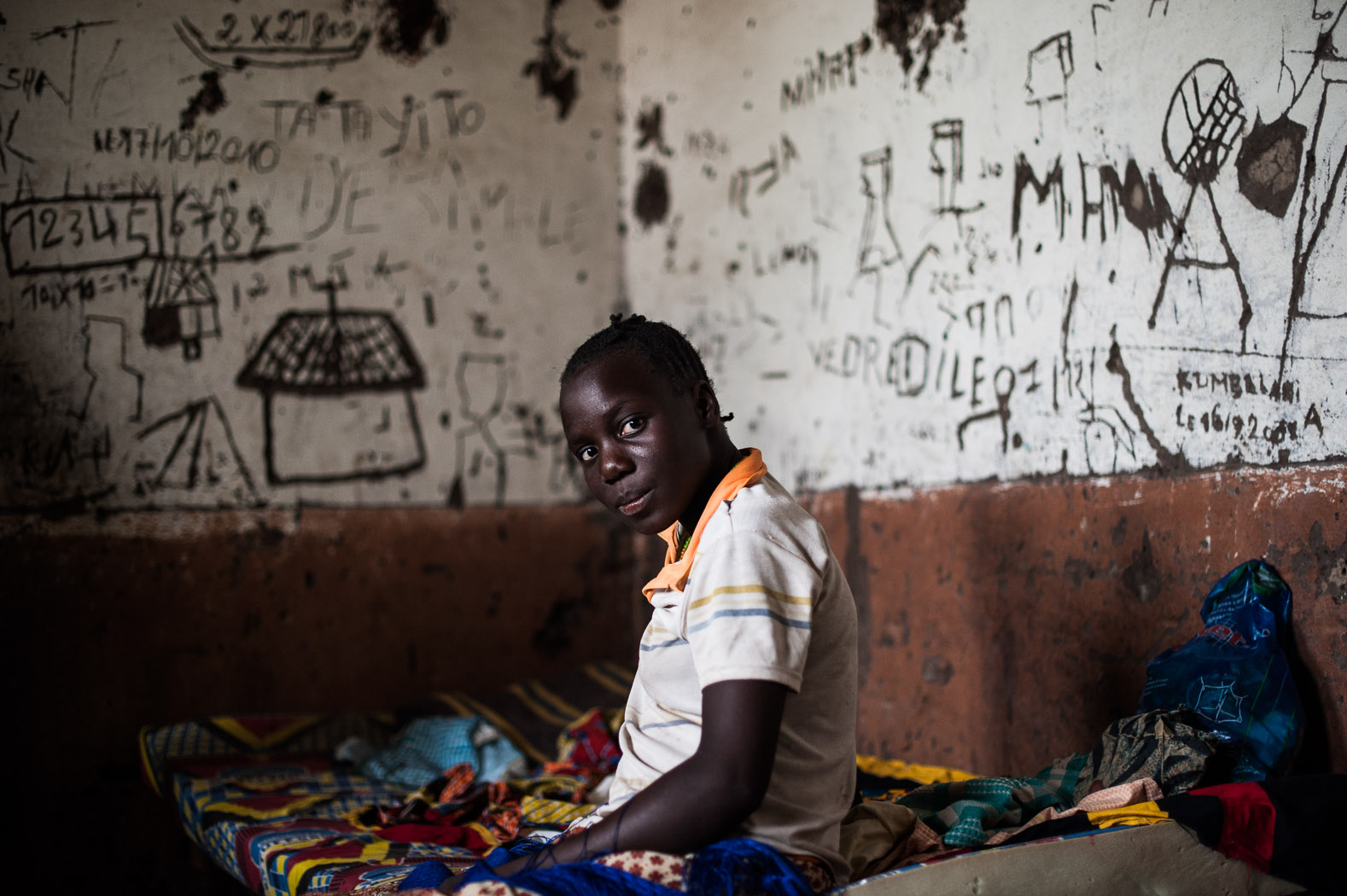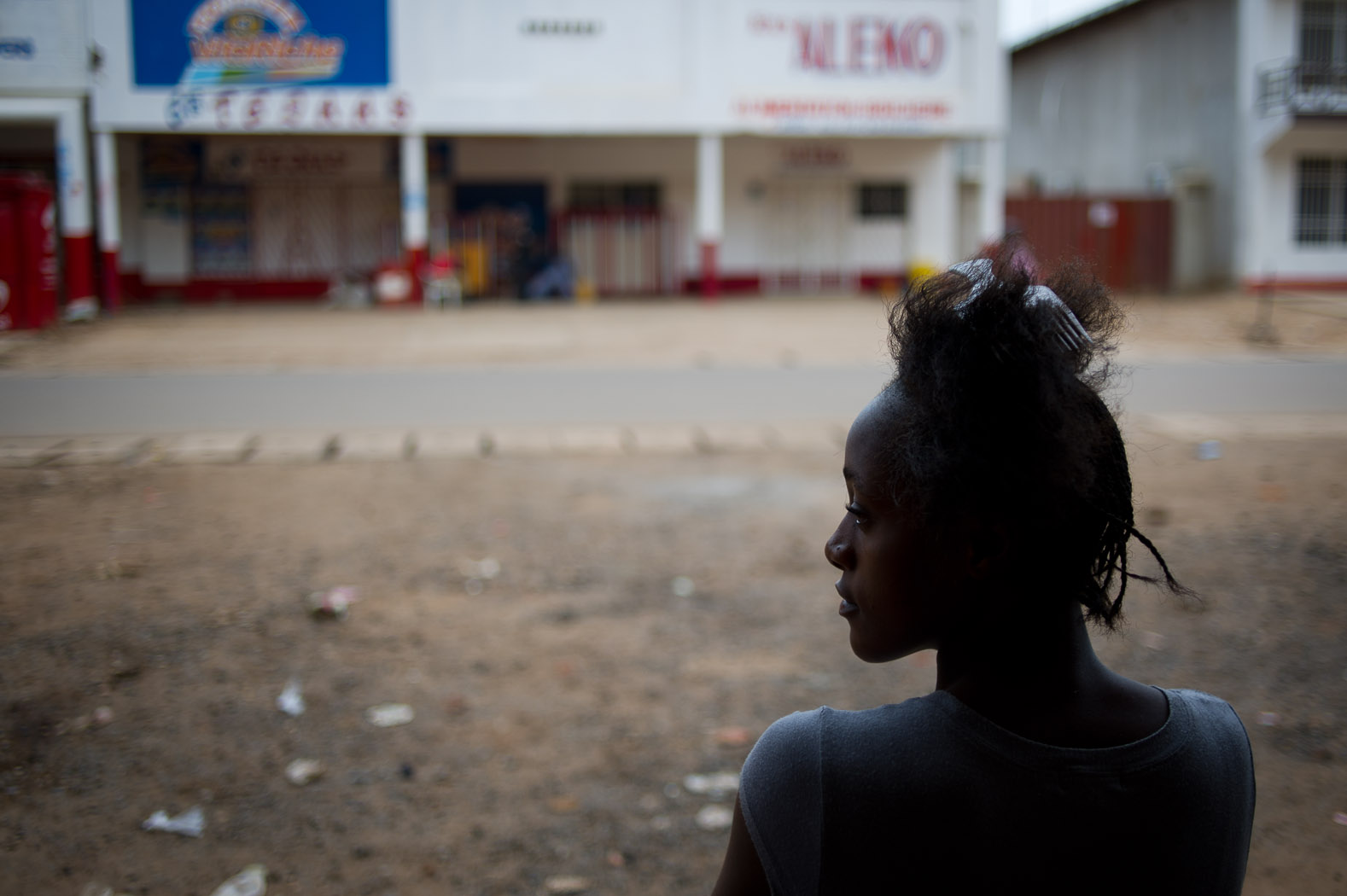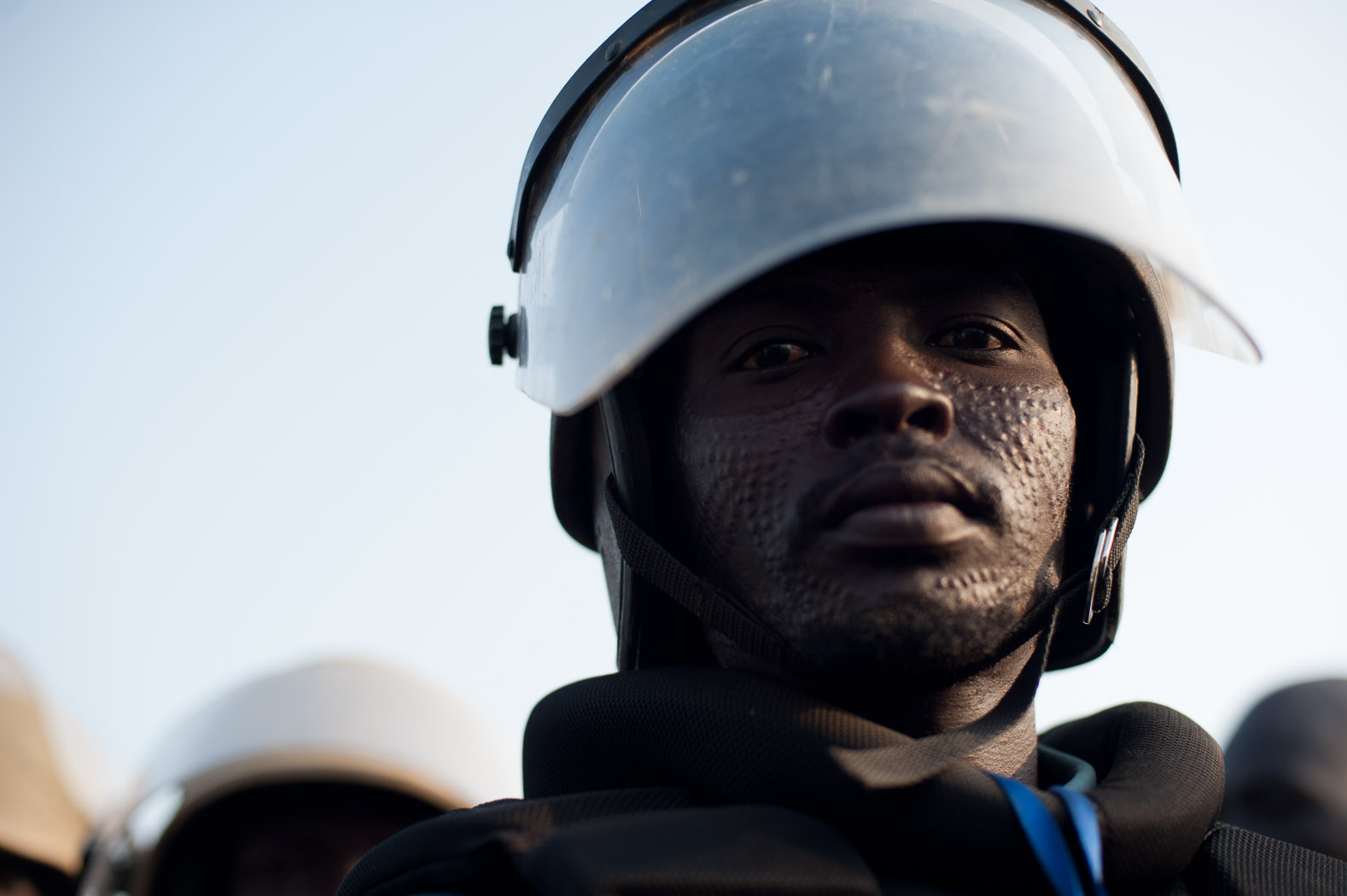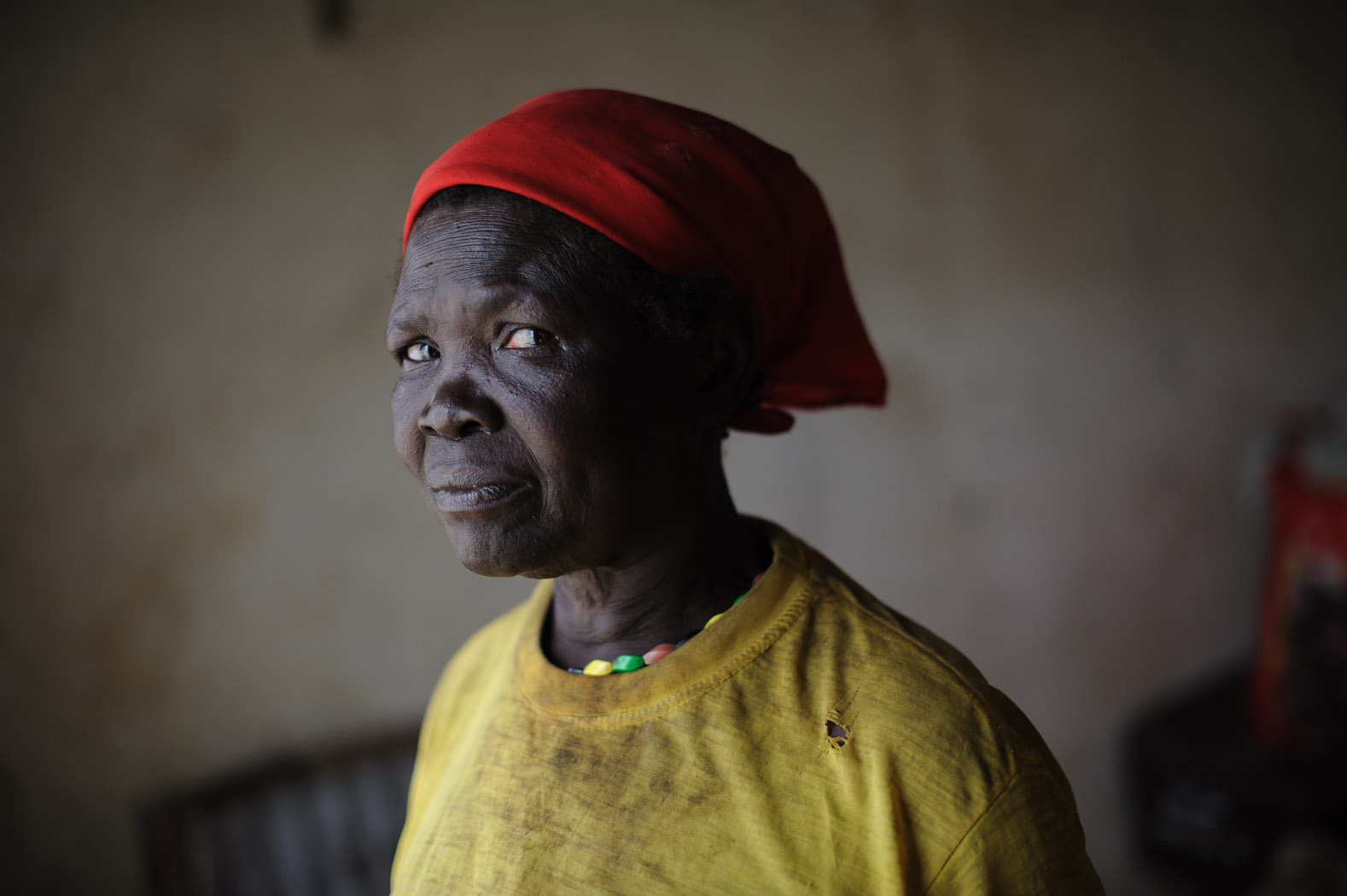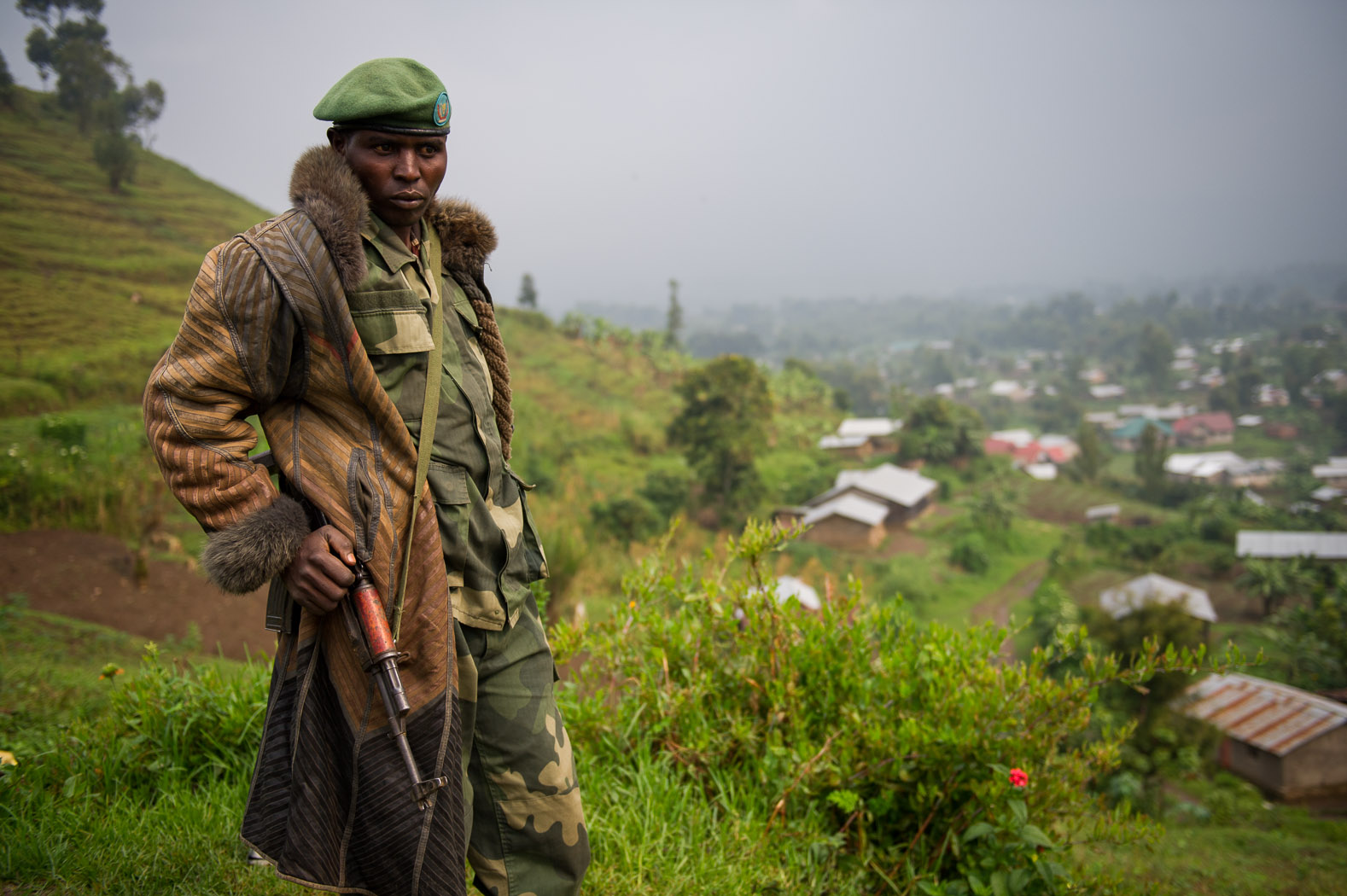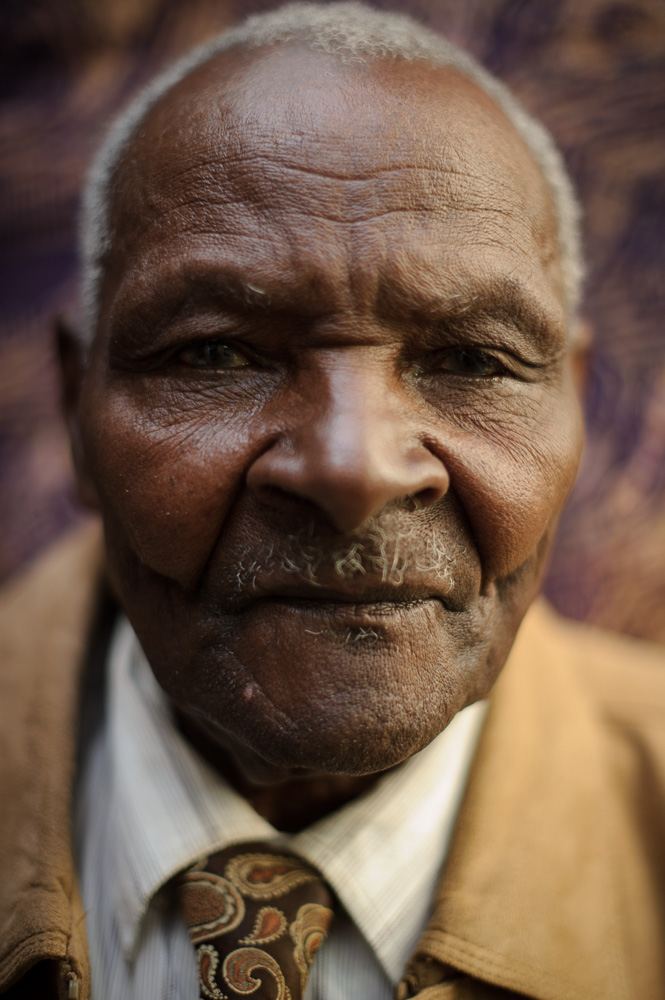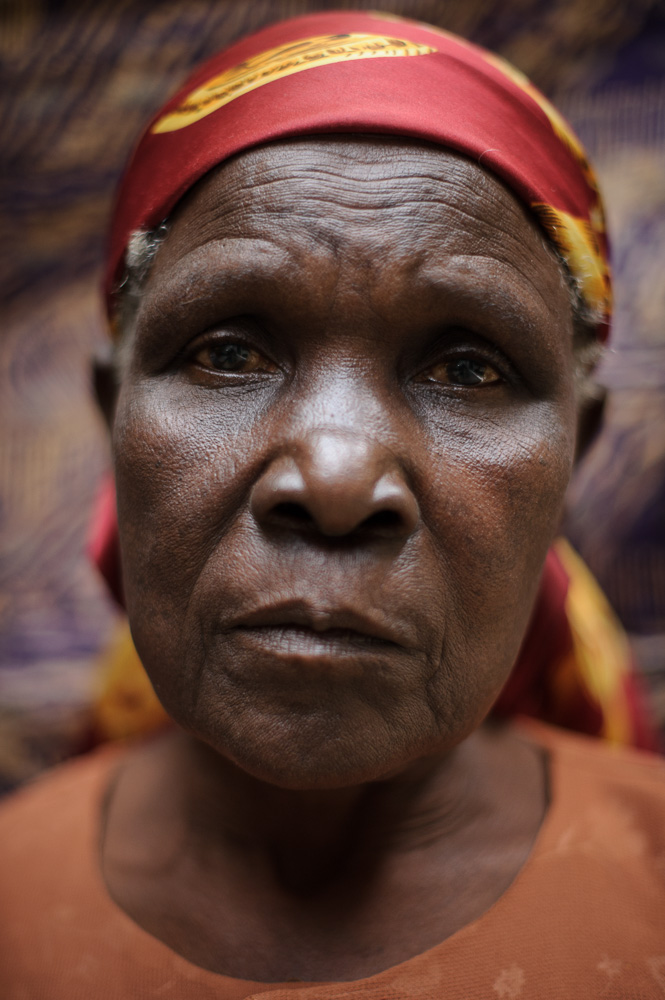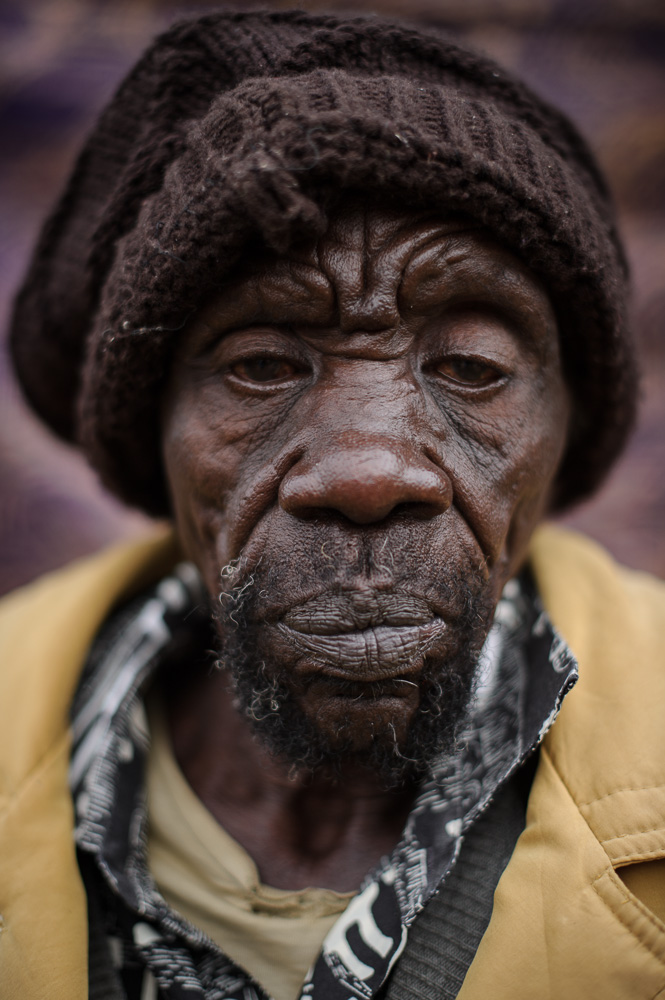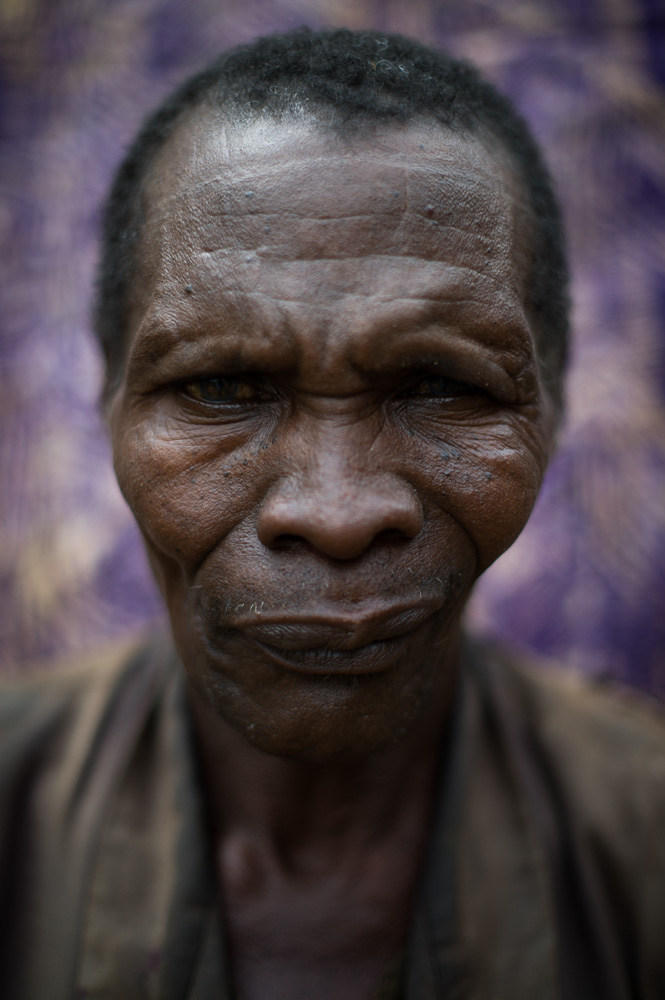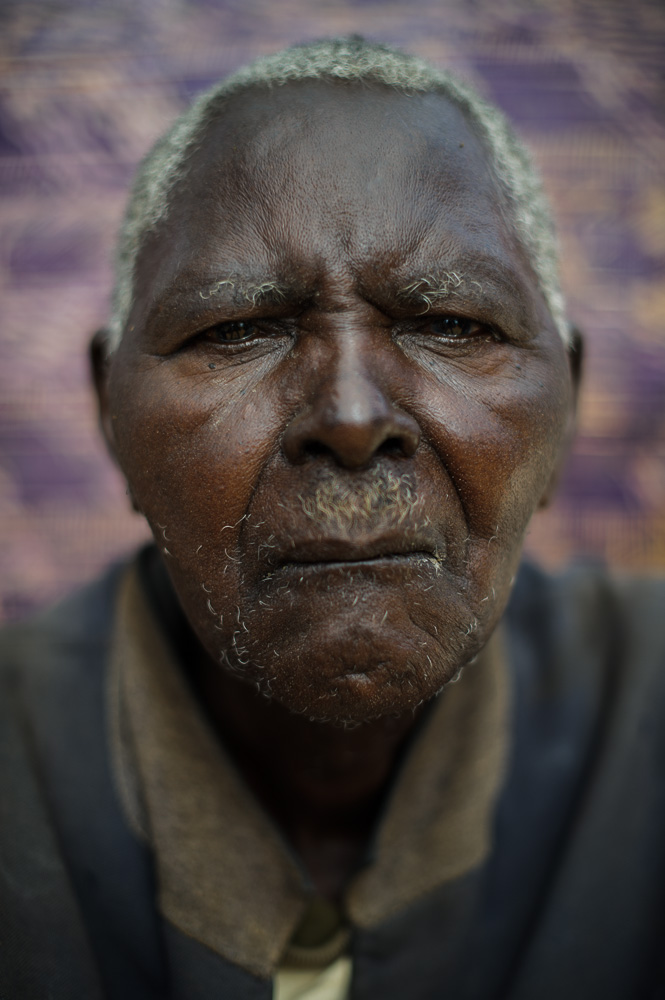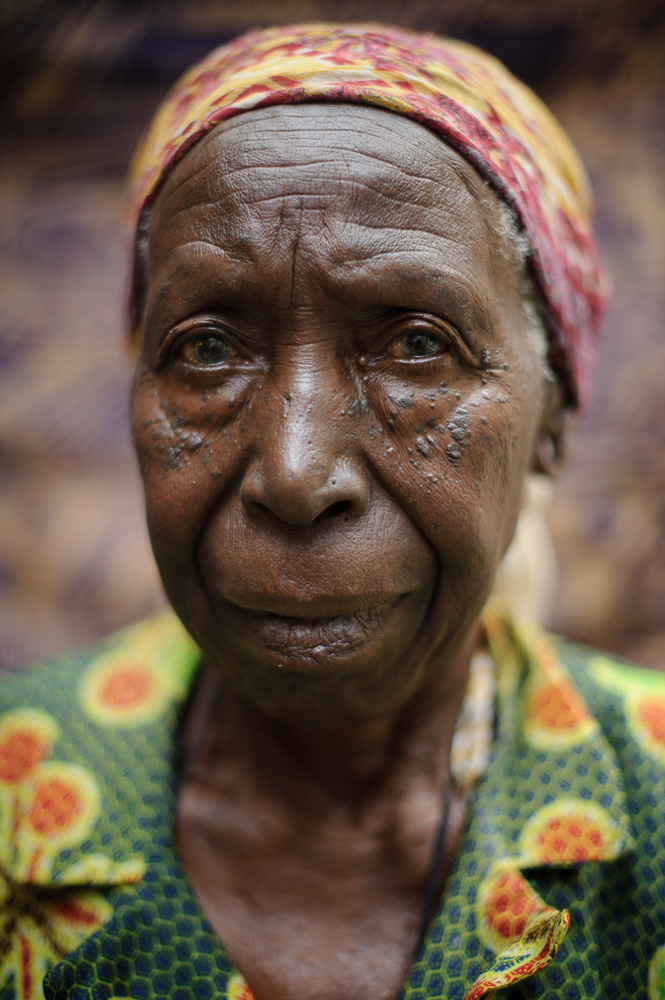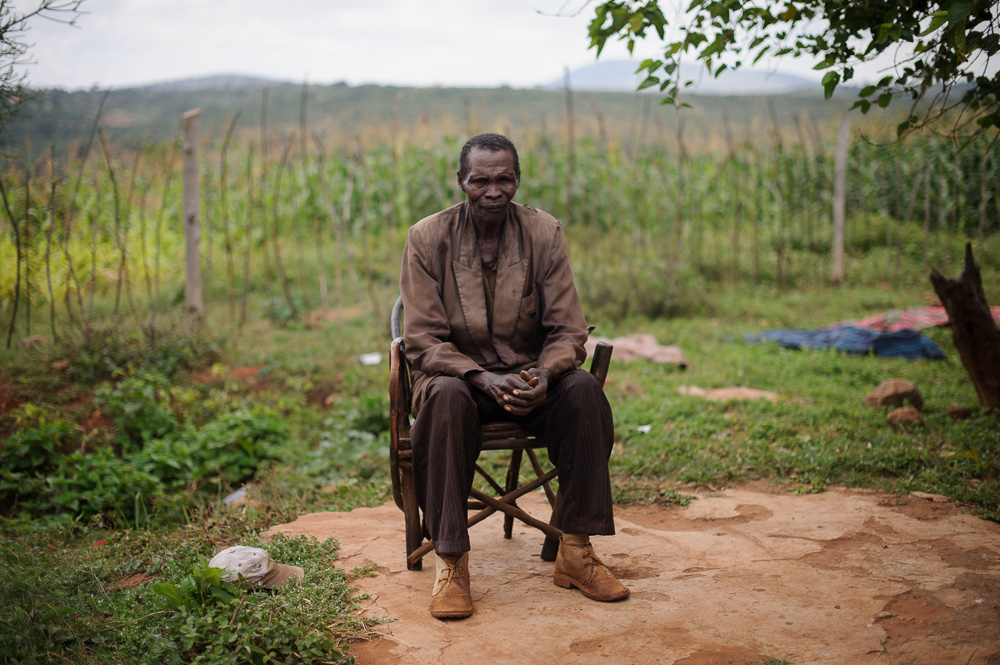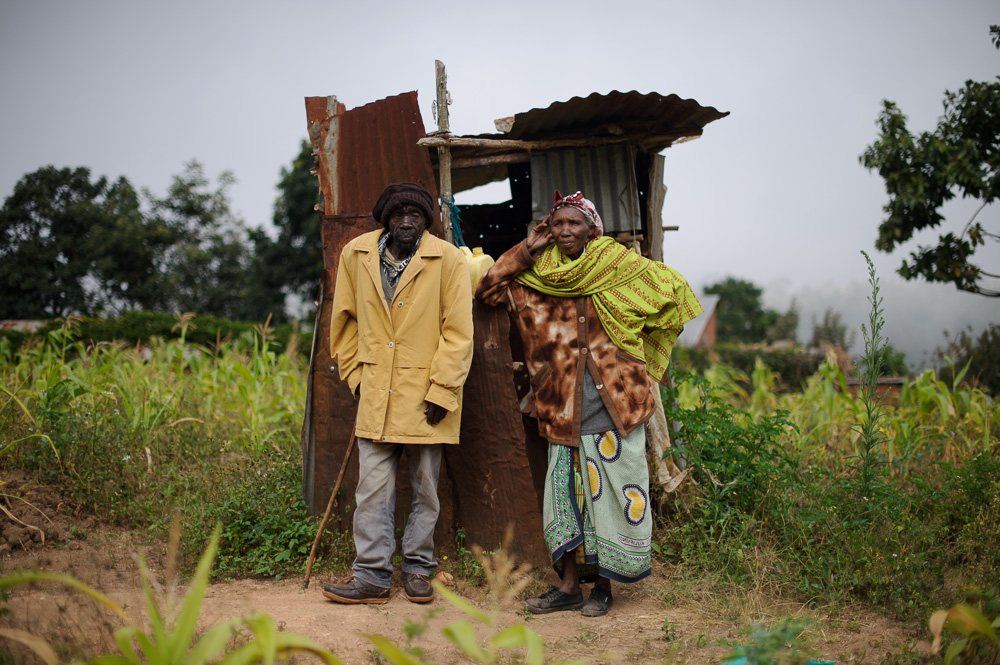



Portraiture
Portraiture
View as full-screen gallery →
(with captions)

Kenya's Mau Mau veterans
Kenya's Mau Mau veterans
They were detained and tortured at the end of British Colonial rule in Kenya: beaten, tortured and sexually assaulted; even castrated. Decades later, some of the few survivors traveled to the United Kingdom to sue for damages.
The British government has accepted that detainees were tortured by colonial forces, and in October 2012, the claimants won the right to sue for damages.
On June 6, 2013, the British government announced that it would make payments totalling £19.9m, representing a 'full and final settlement'. Over 5000 elderly Kenyans who suffered torture and abuse at the hands of colonial-era authorities will benefit from the pay-out.
At a press conference in Nairobi on June 6, 2013, many Mau Mau-era veterans turned up to hear the announcement by the British High Commissioner to Kenya.

The Disappeared
The Disappeared
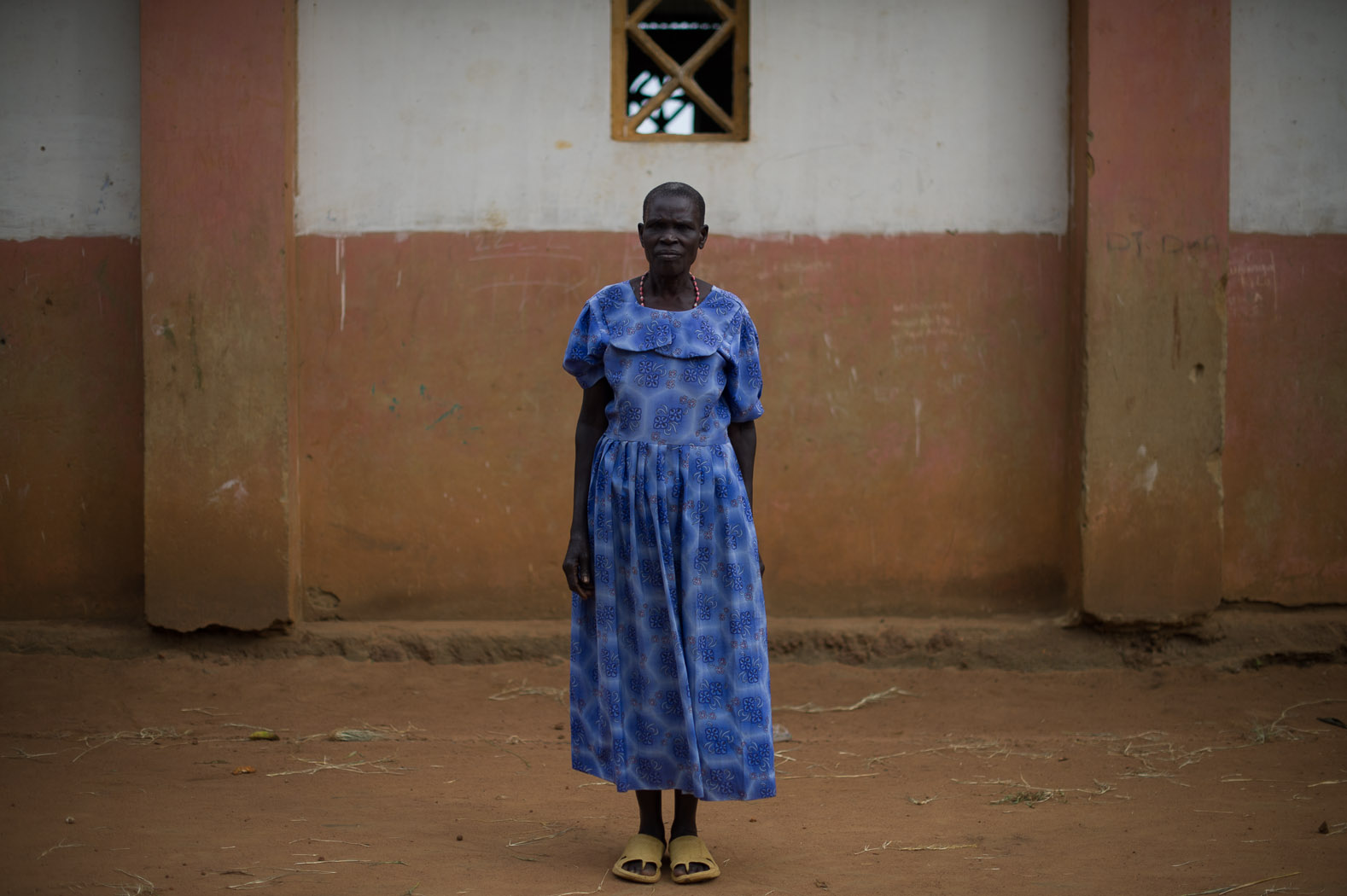
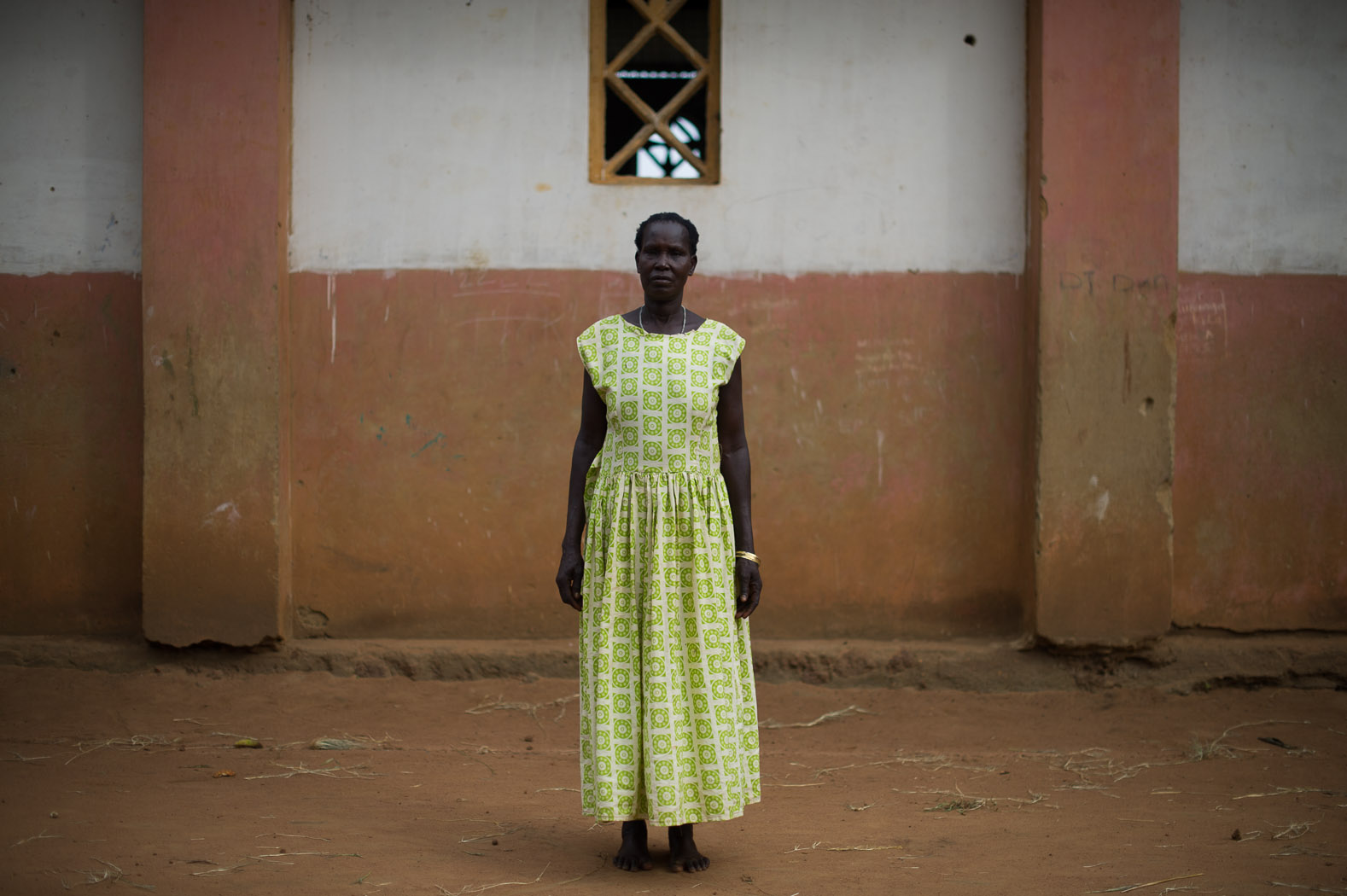
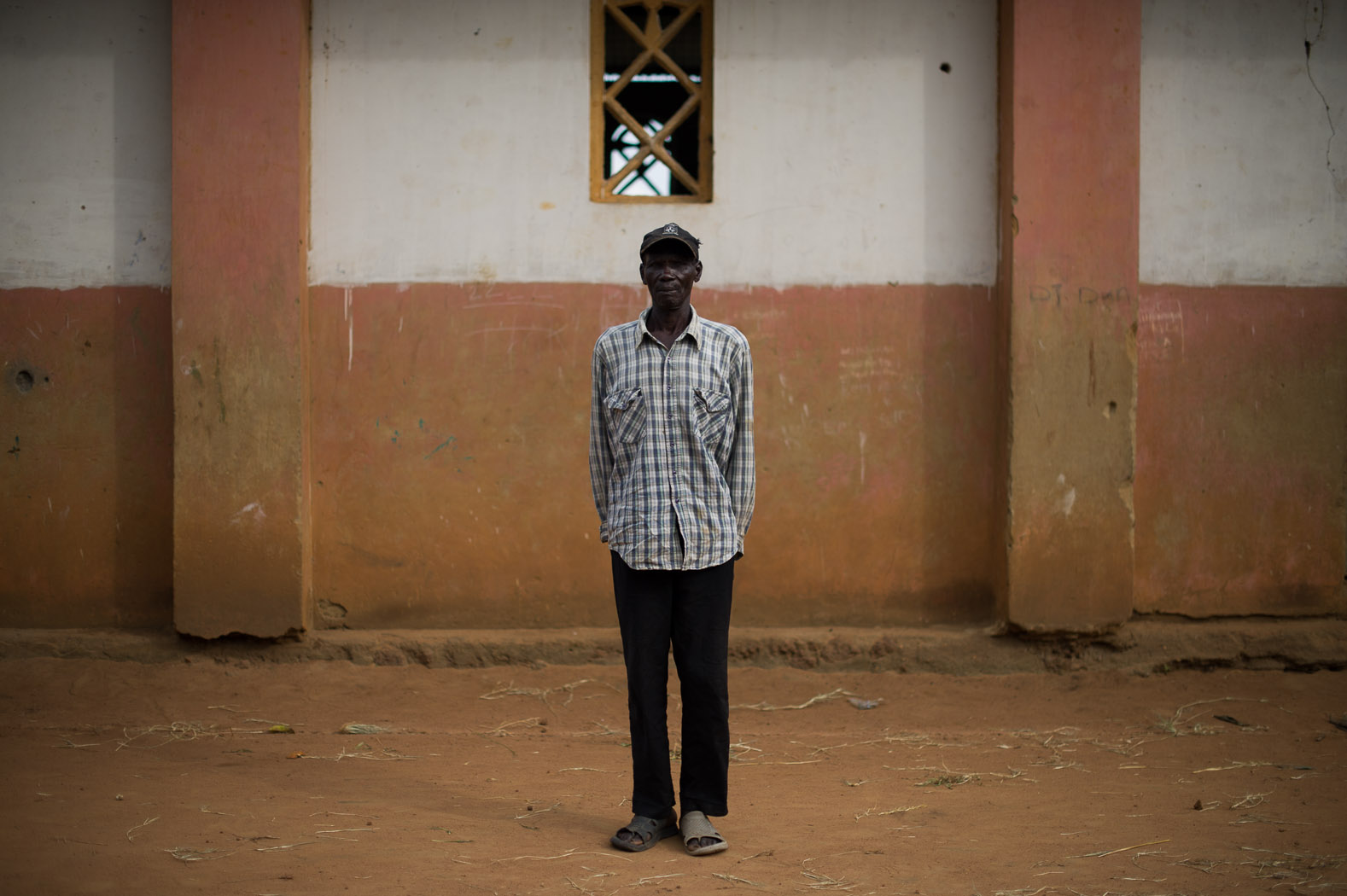
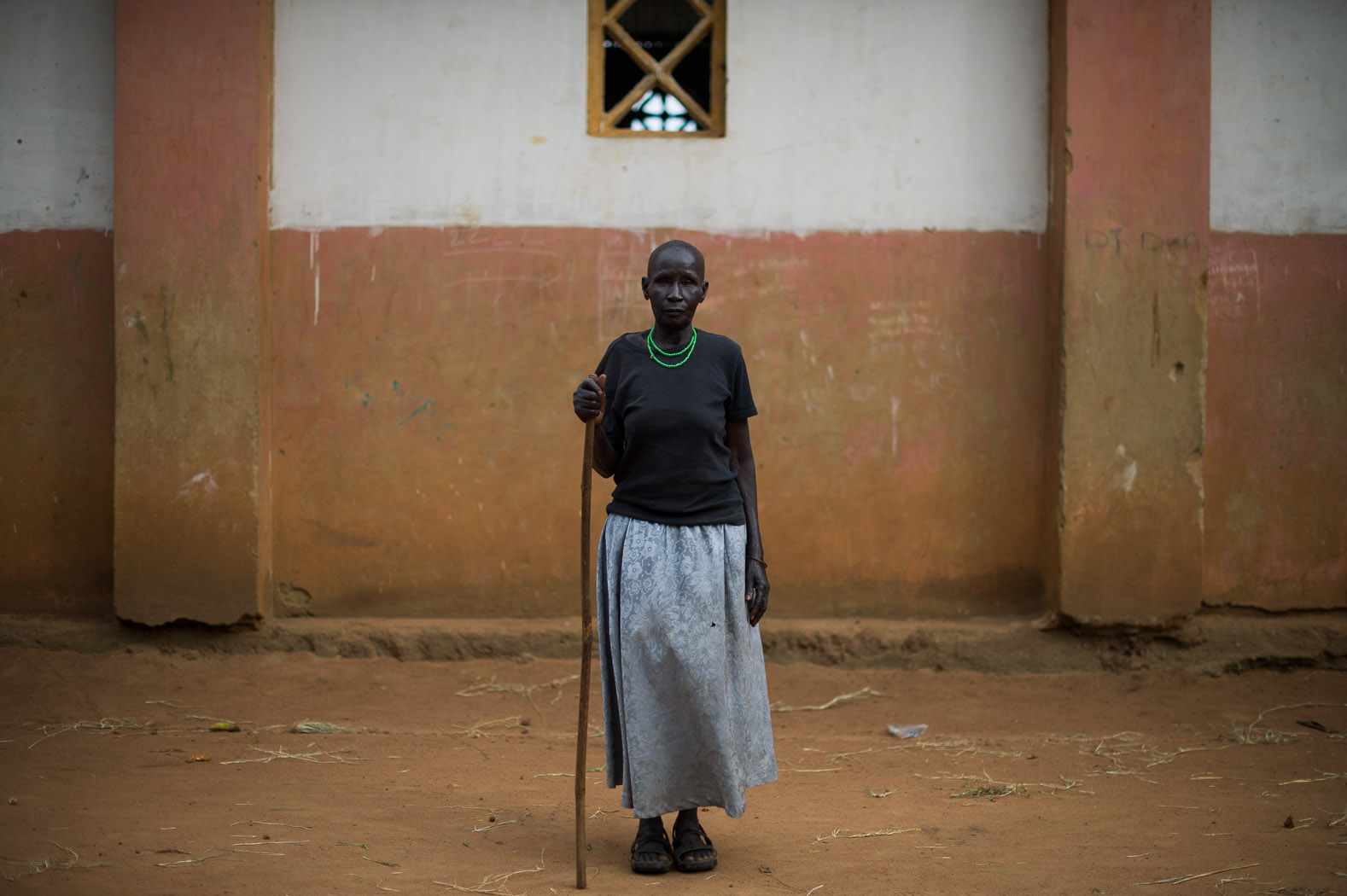
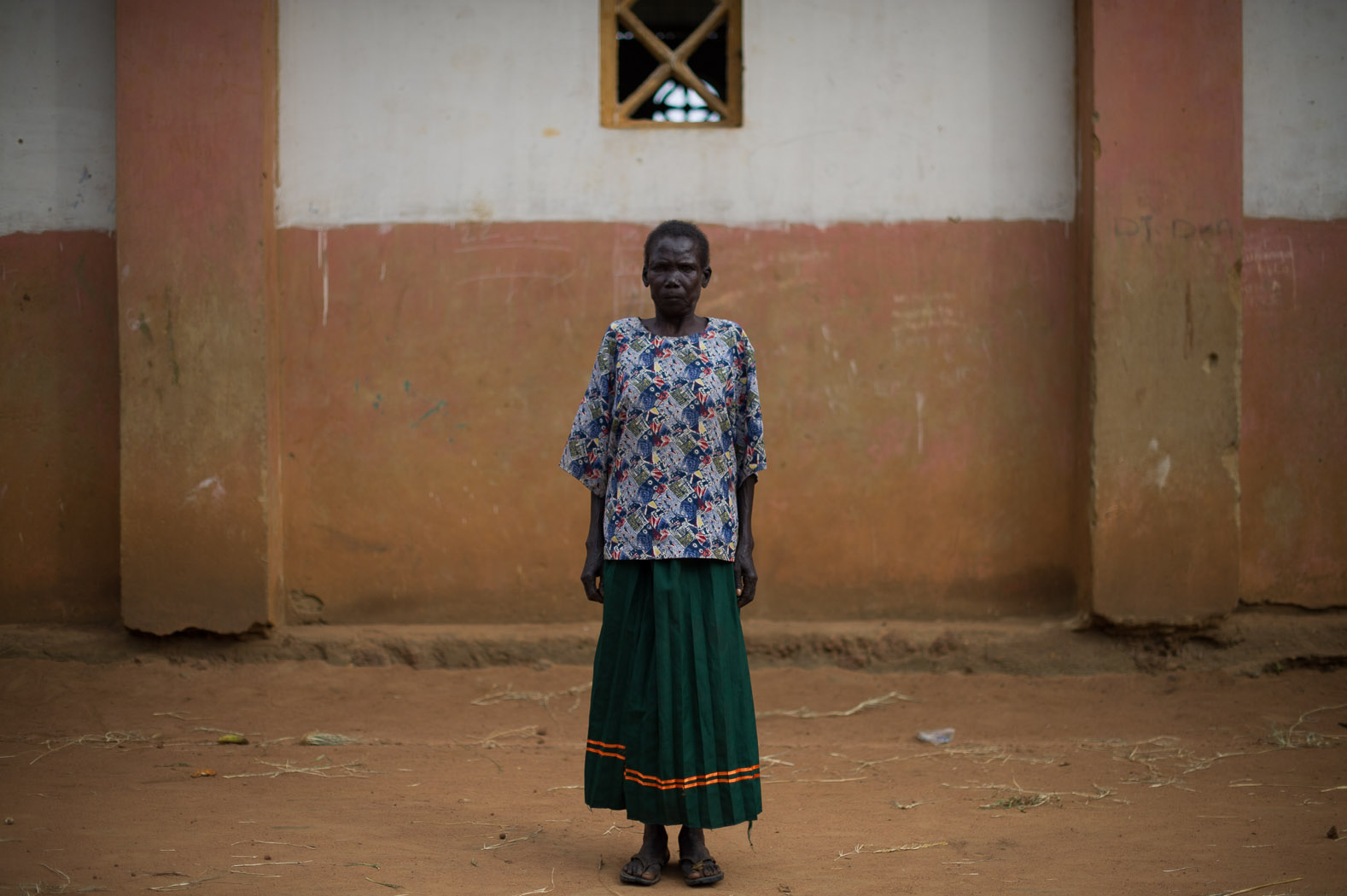
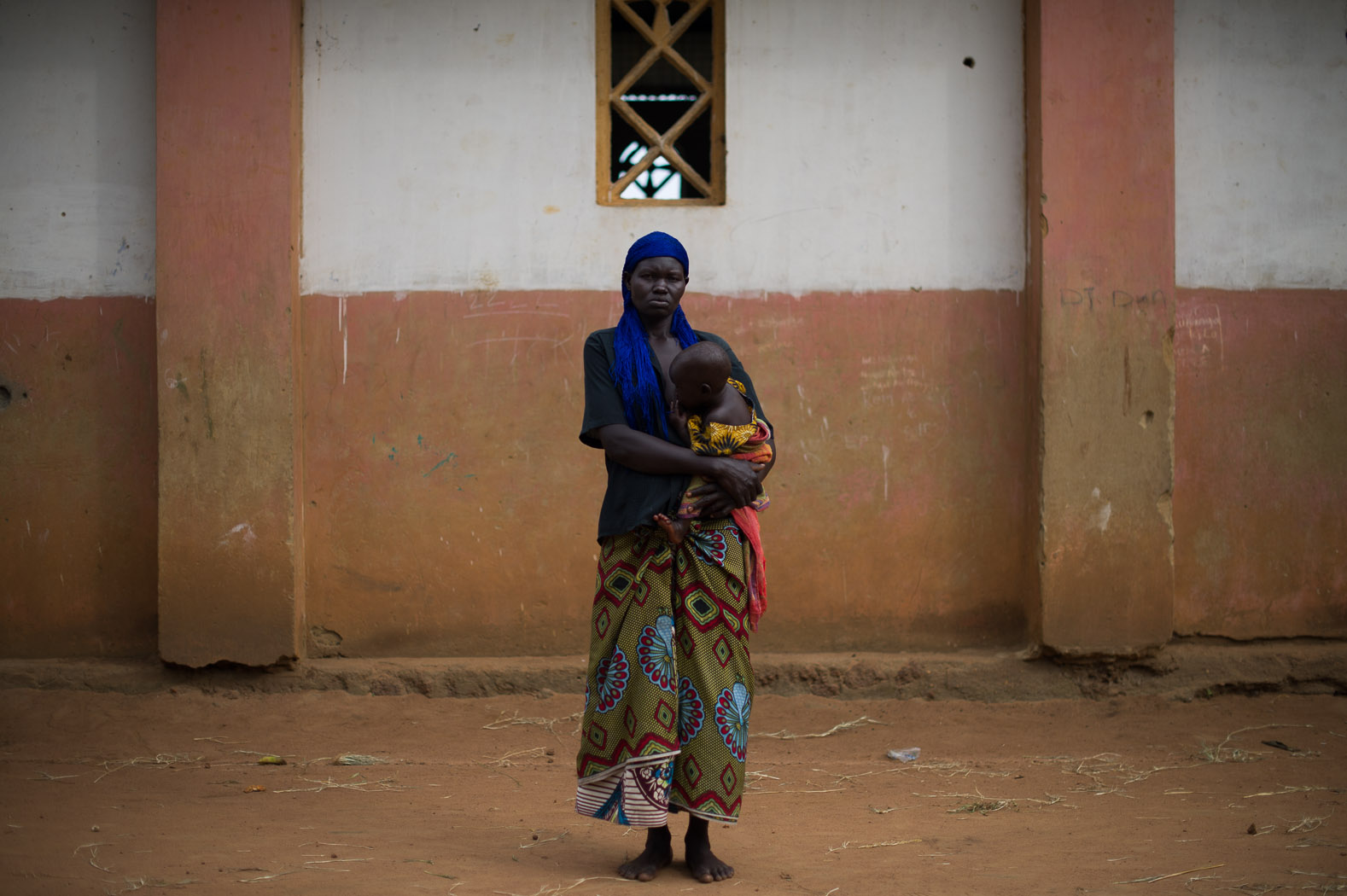

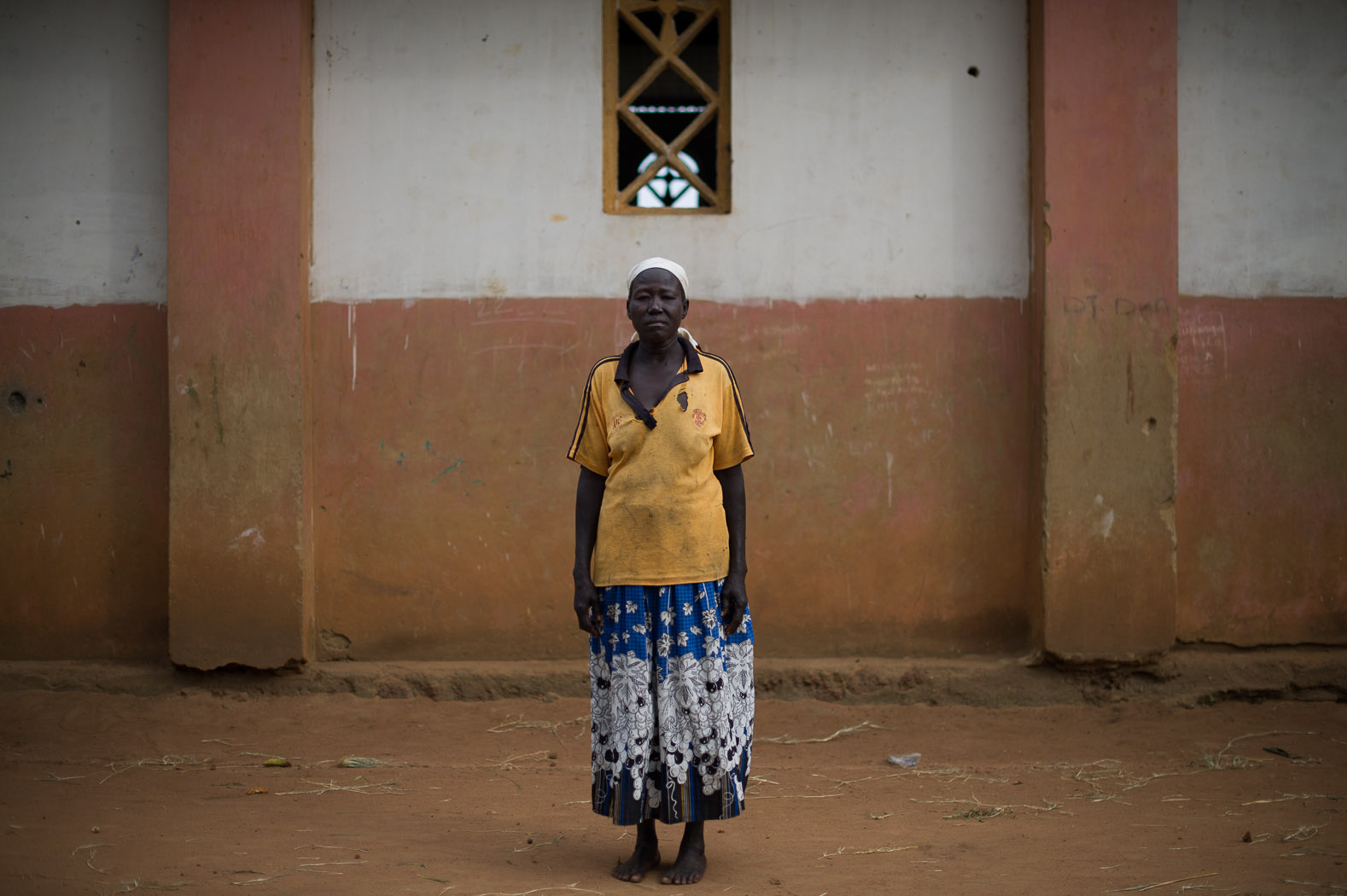
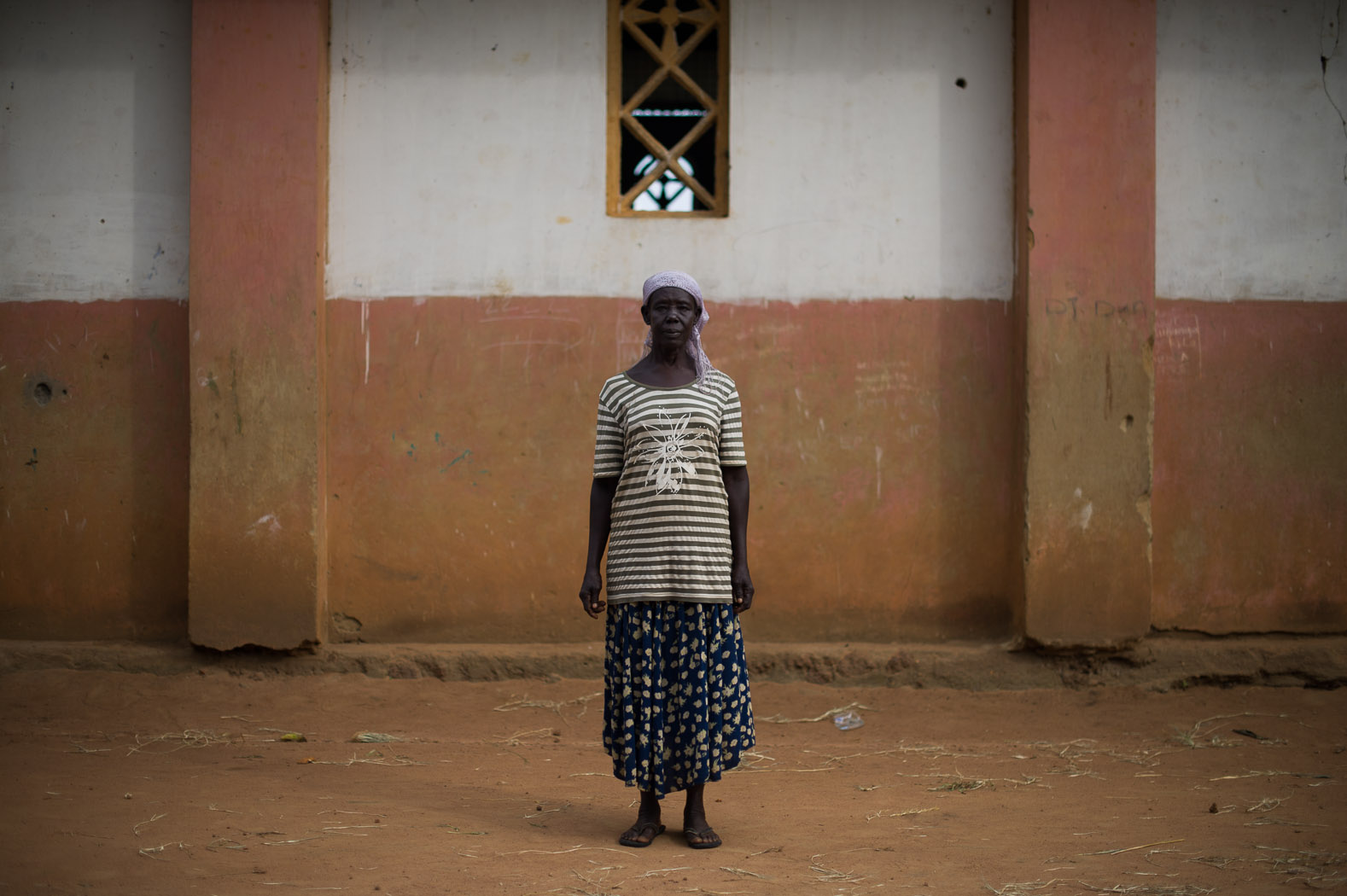
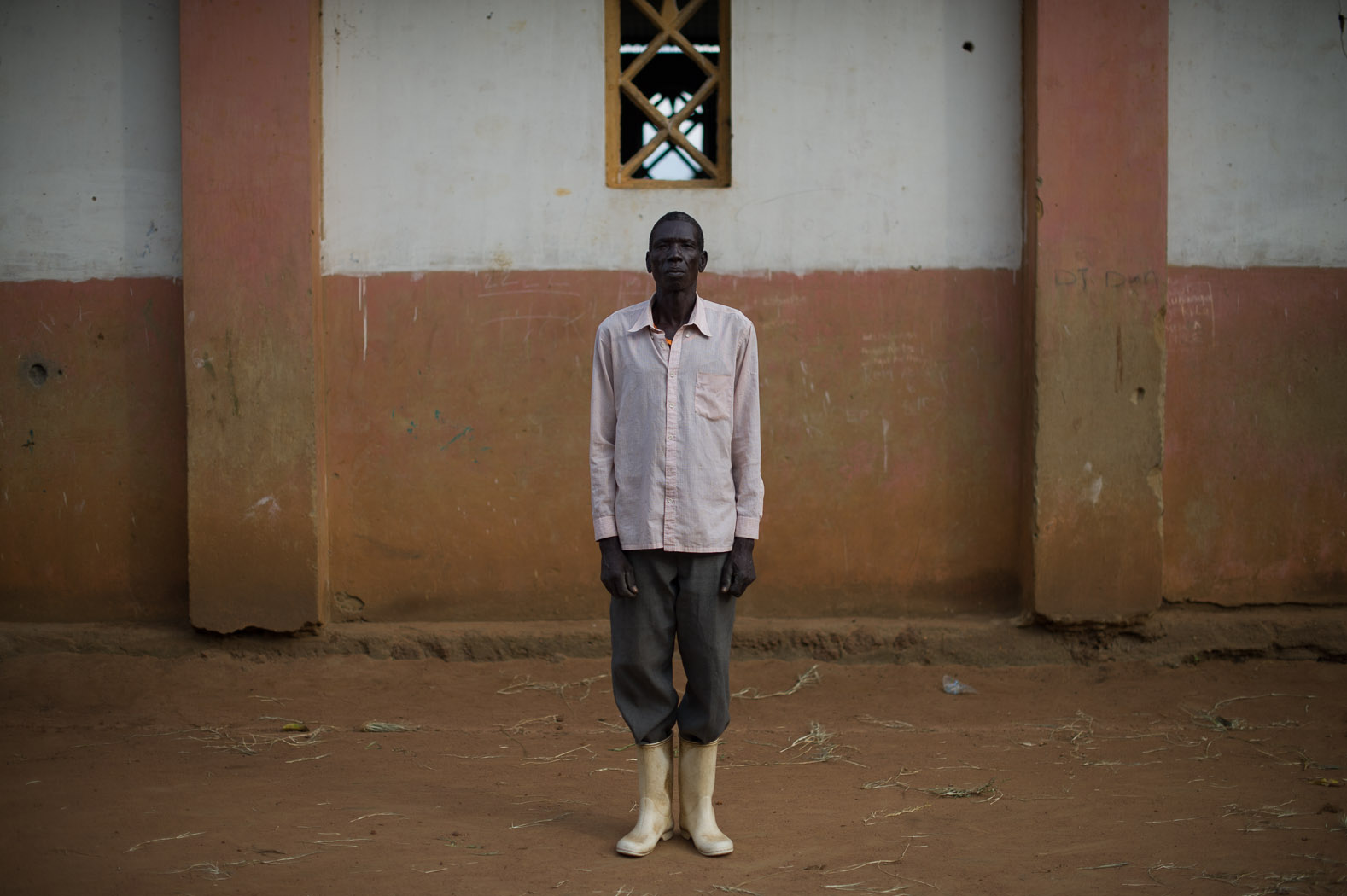

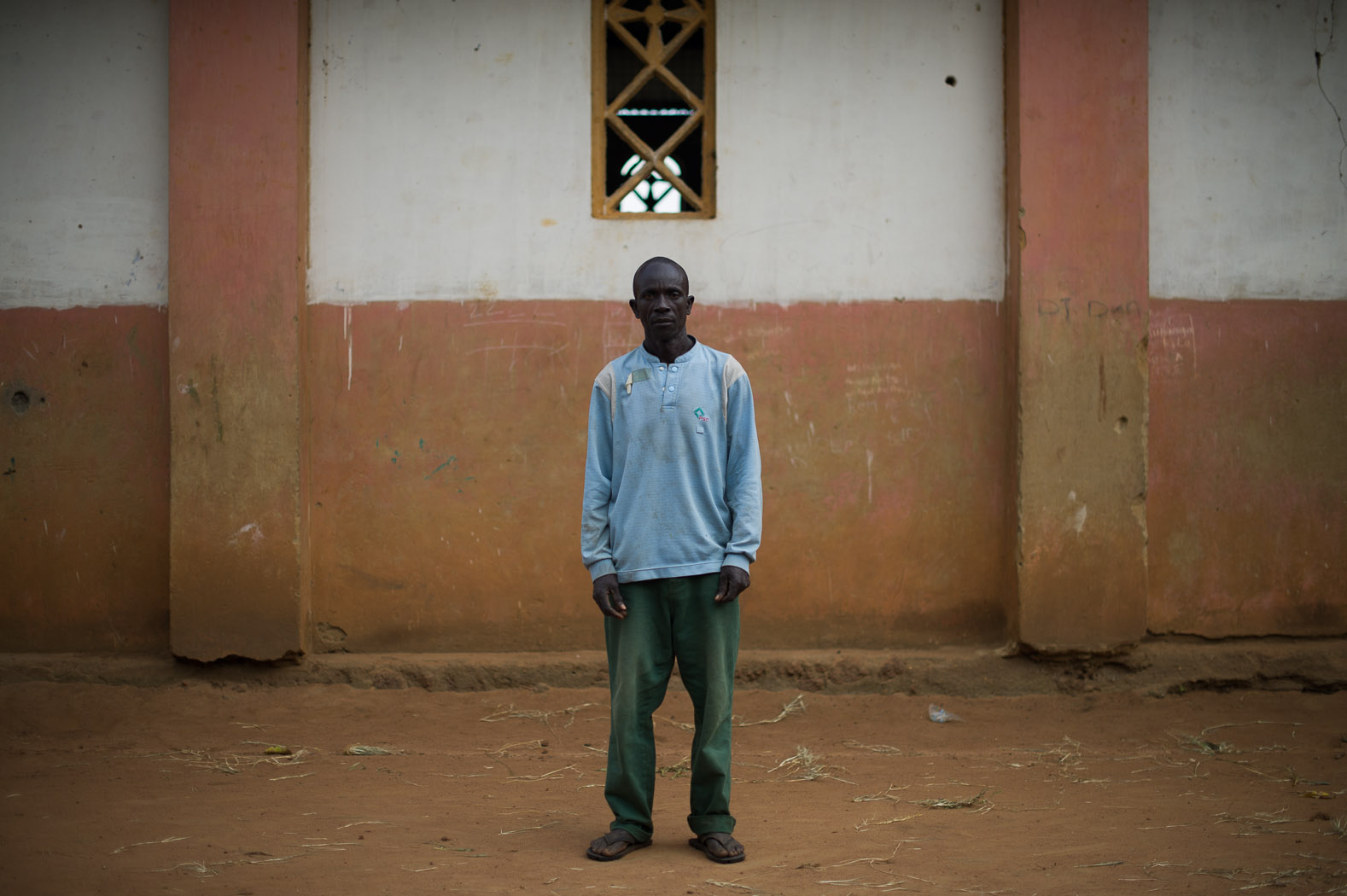
Between 1986 and 2006, up to an estimated 75,000 people were abducted in northern Uganda, and in 2013, the fate of several thousands remains unknown; the ICRC estimates that there may be more than 12,000 people still missing. Their families have lived for years with this uncertainty, unable to honour their death, and hanging on to the hope that one day, their family members may return. The emotional distress this has caused has led to many feeling isolated, unable to talk about their situation with other members of the community and feeling stigmatised and discriminated against due to a perceived connection to the rebels.
The ICRC launched a holistic programme in Palabek Gem Subcounty identifying, and subsequently bringing together, families of the missing. Within support groups for these families, trained "accompaniers" facilitated discussion on learning how to cope with their grief and finding a way to move forward.
Large image, above: Cecilia Ator (slide 9) sits at home


